
「Life taught me dance, so I just follow life.」
— Jean Claude Wouters
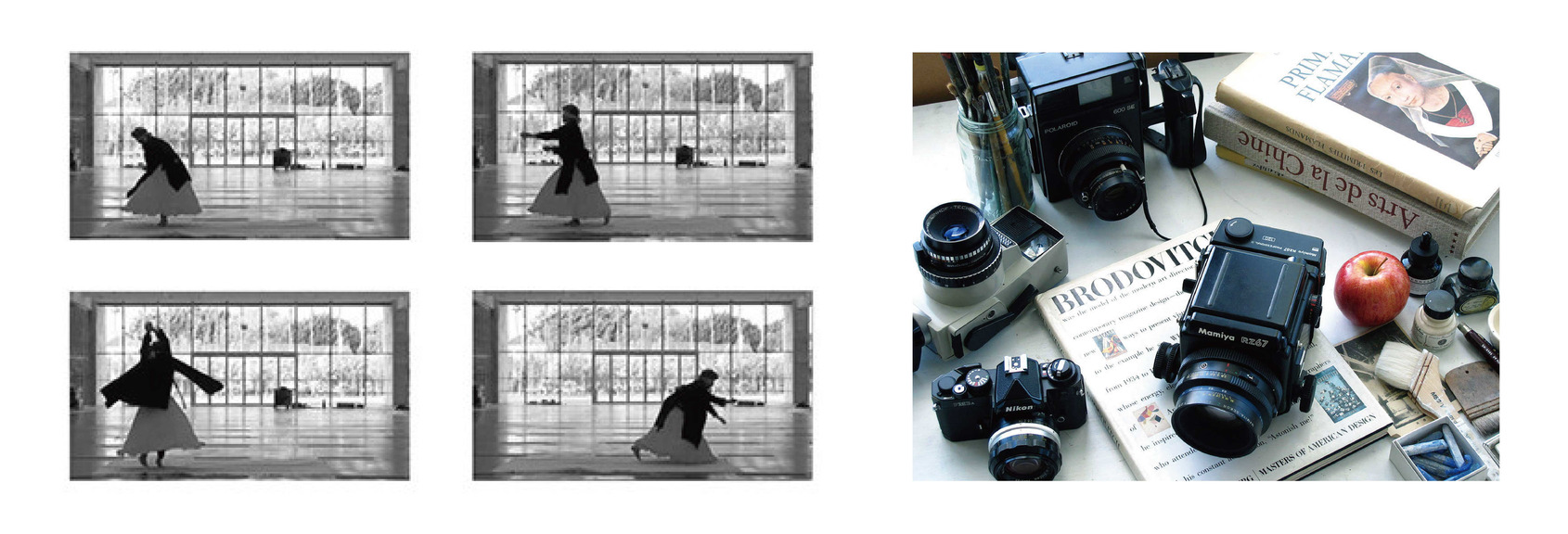
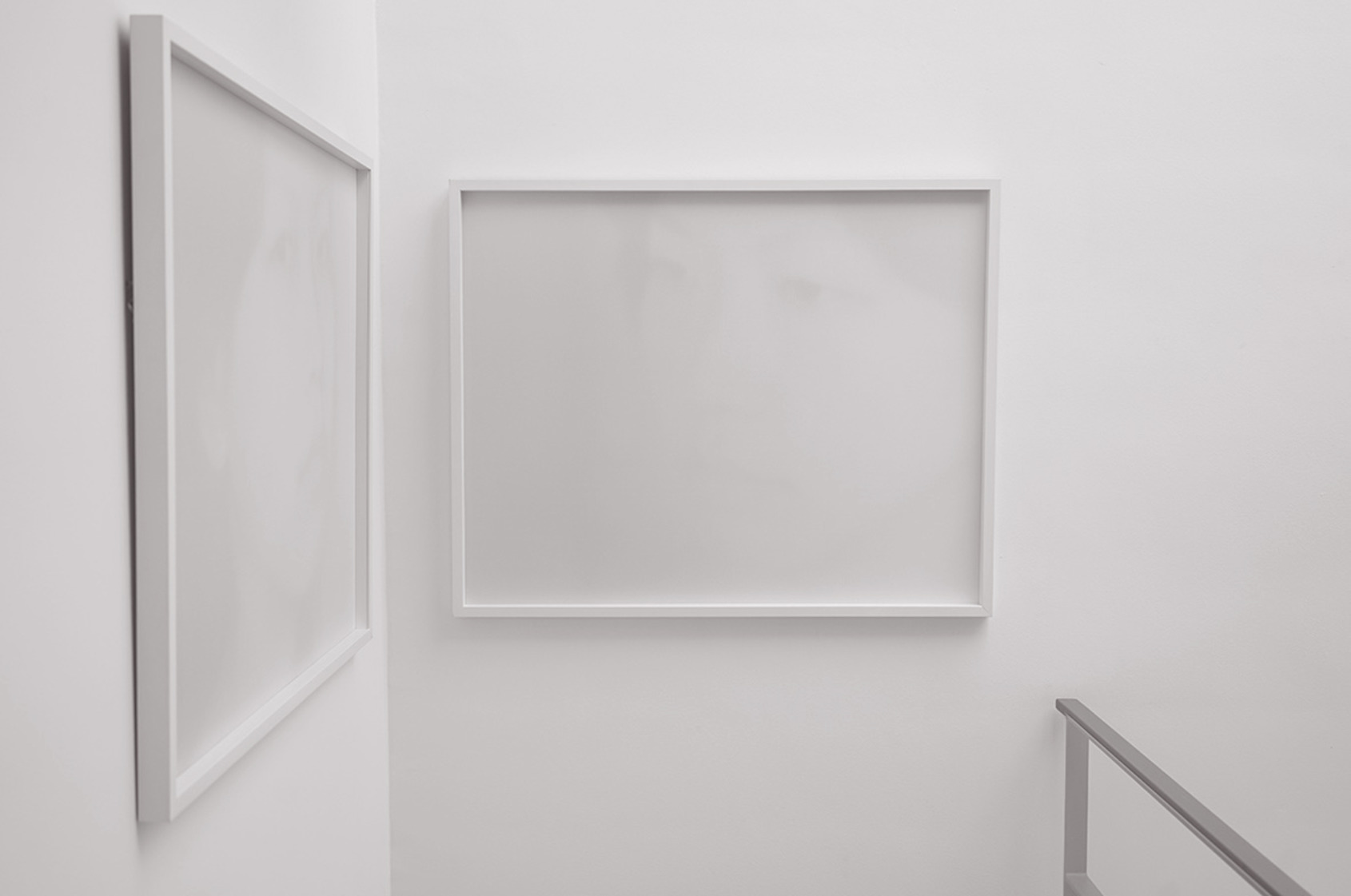
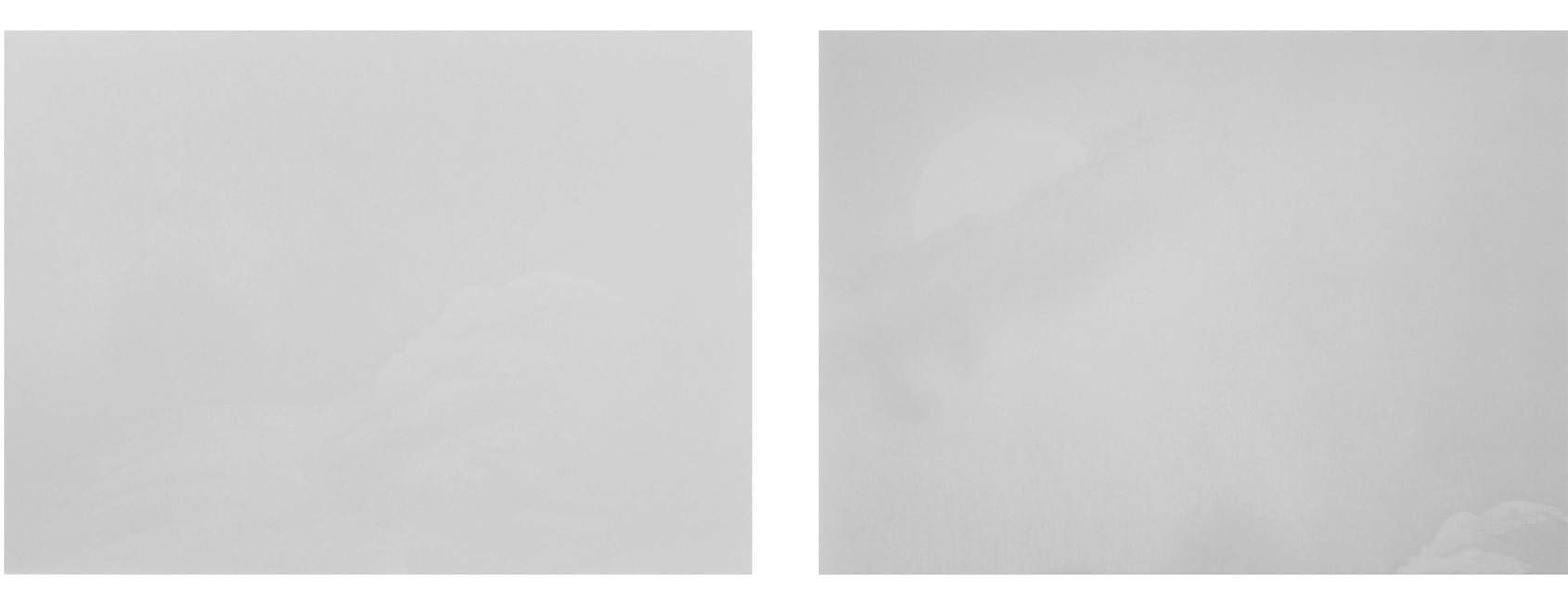
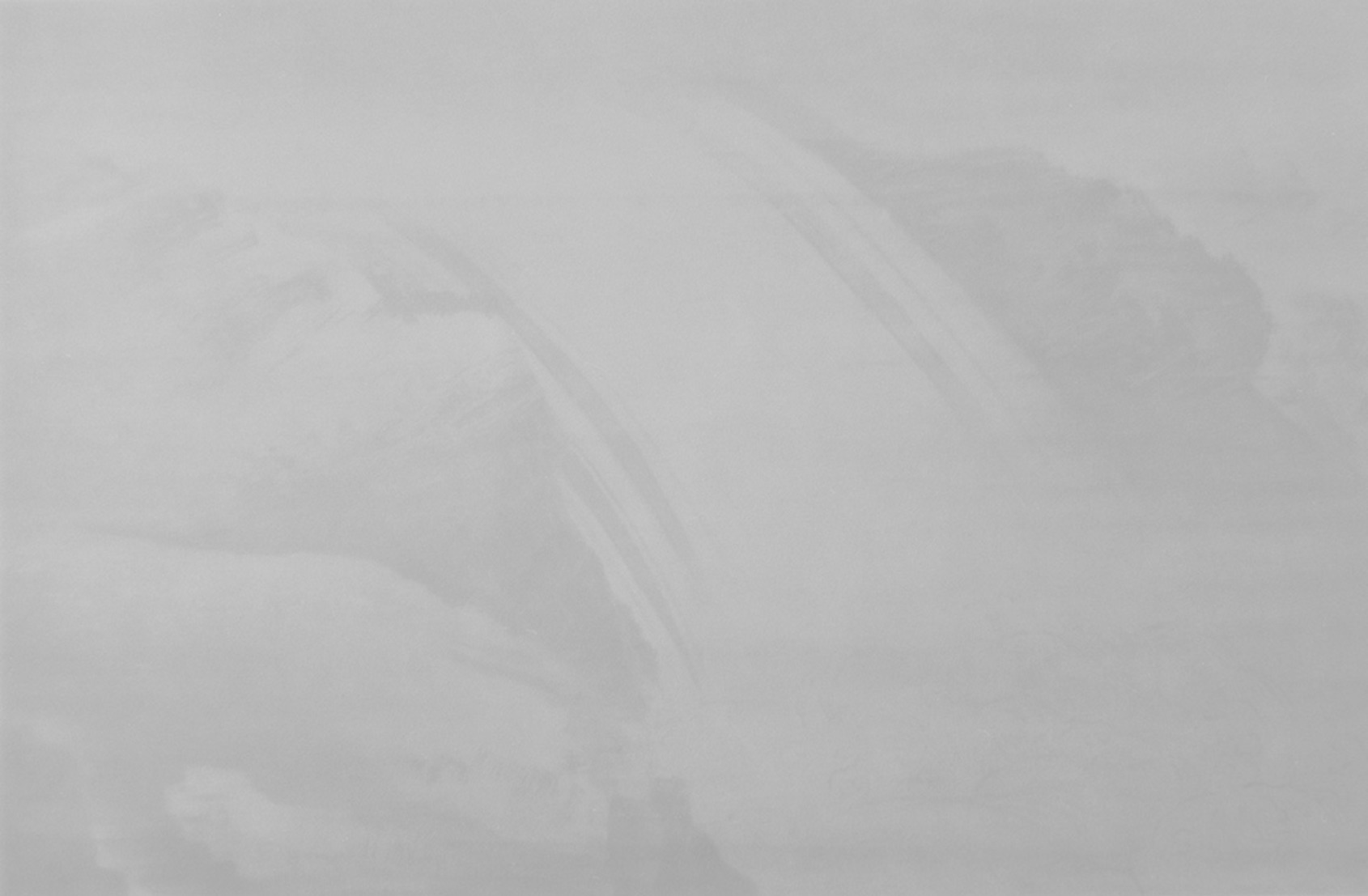
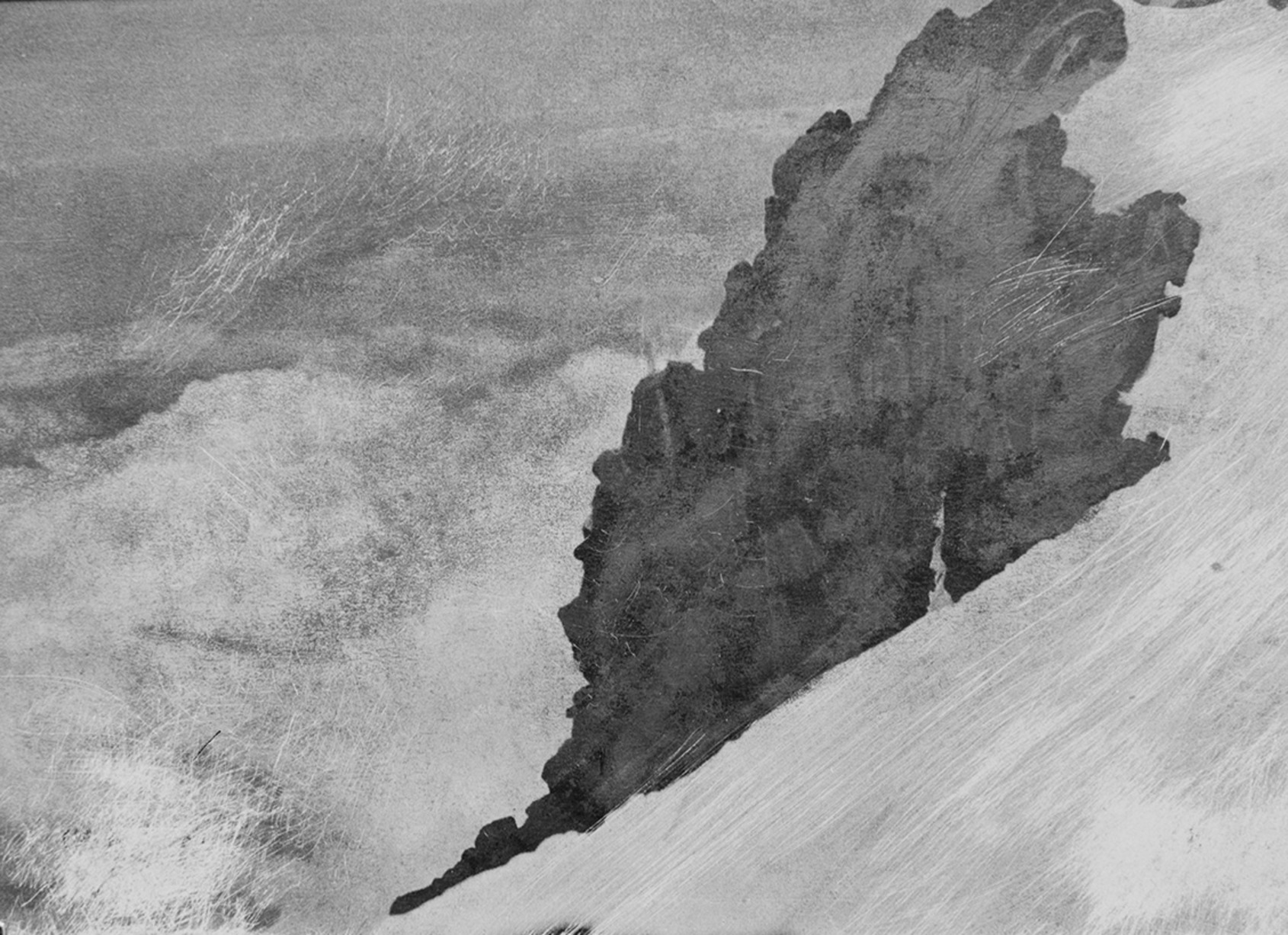
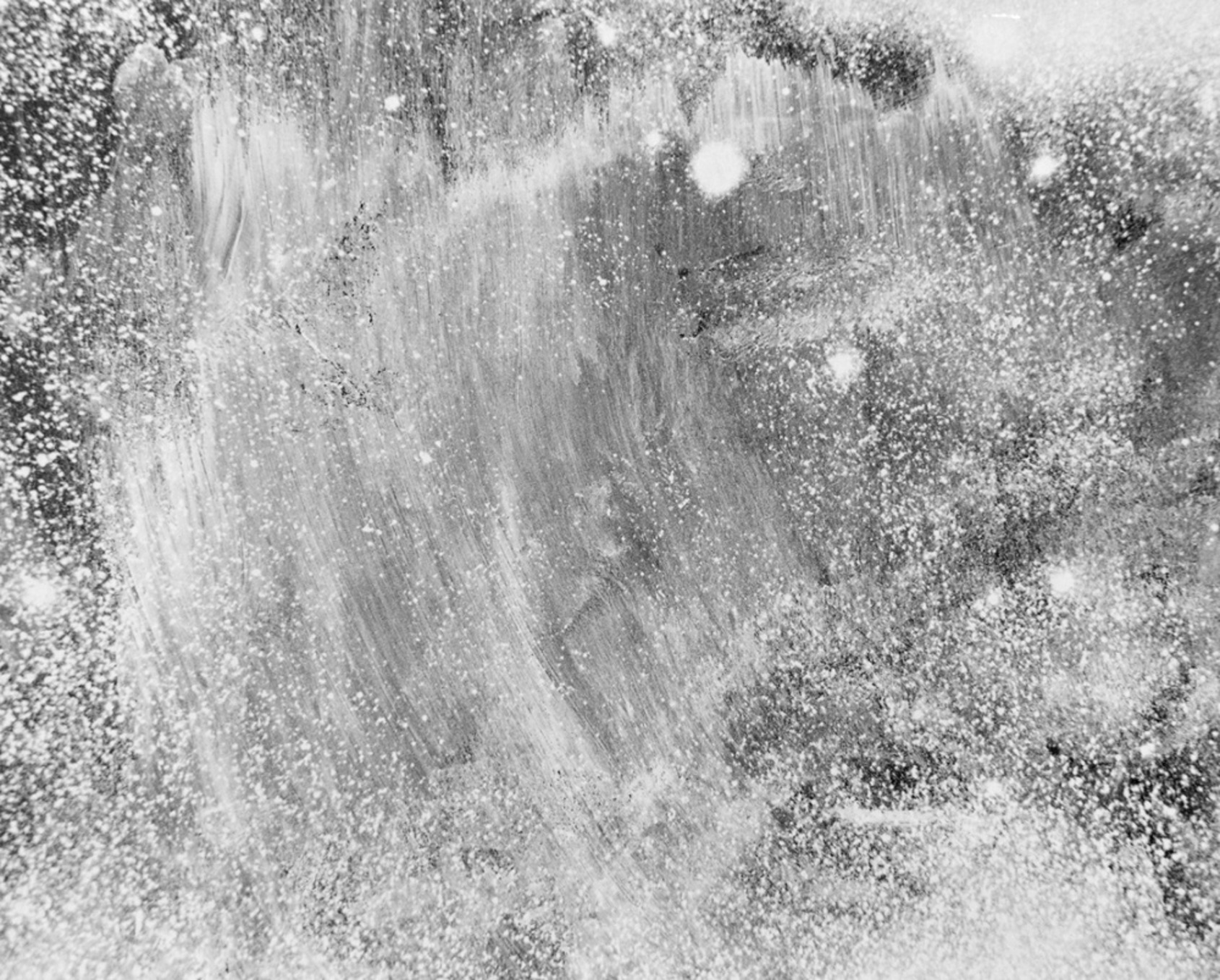
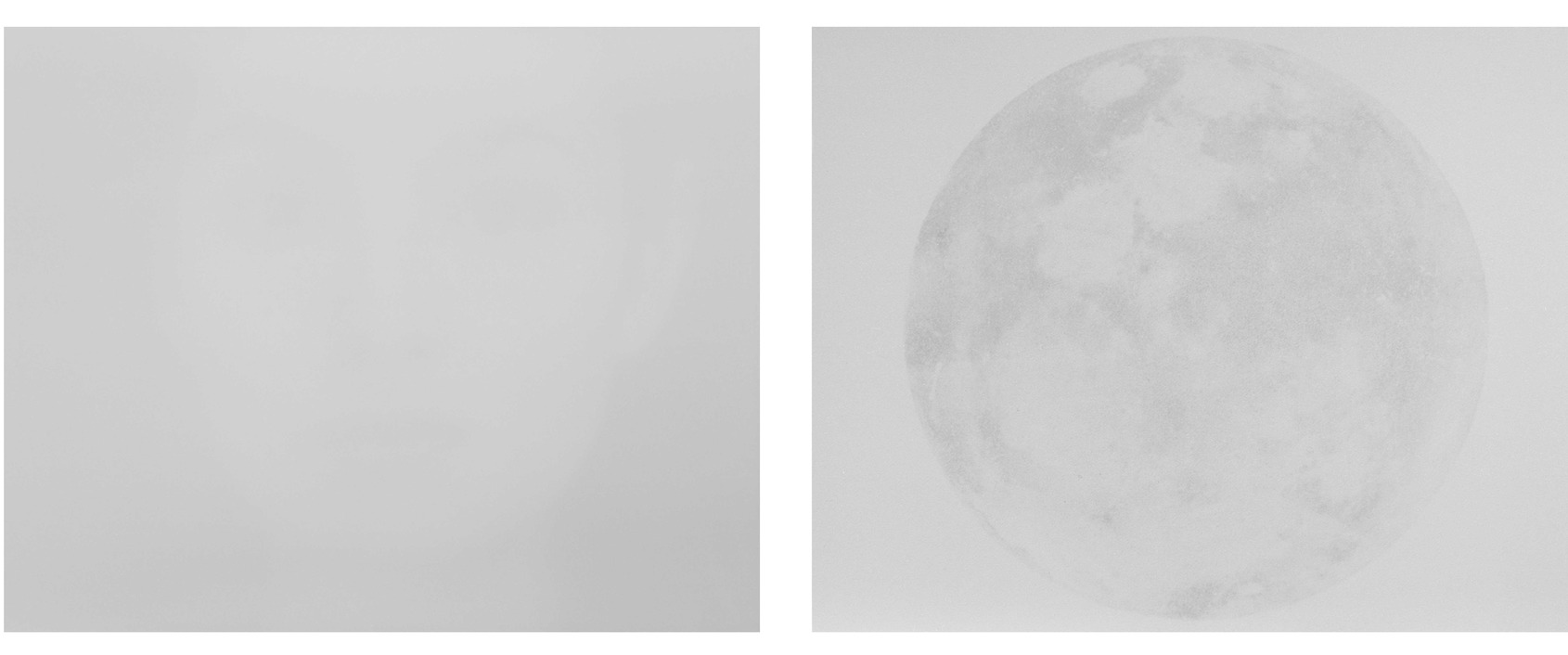
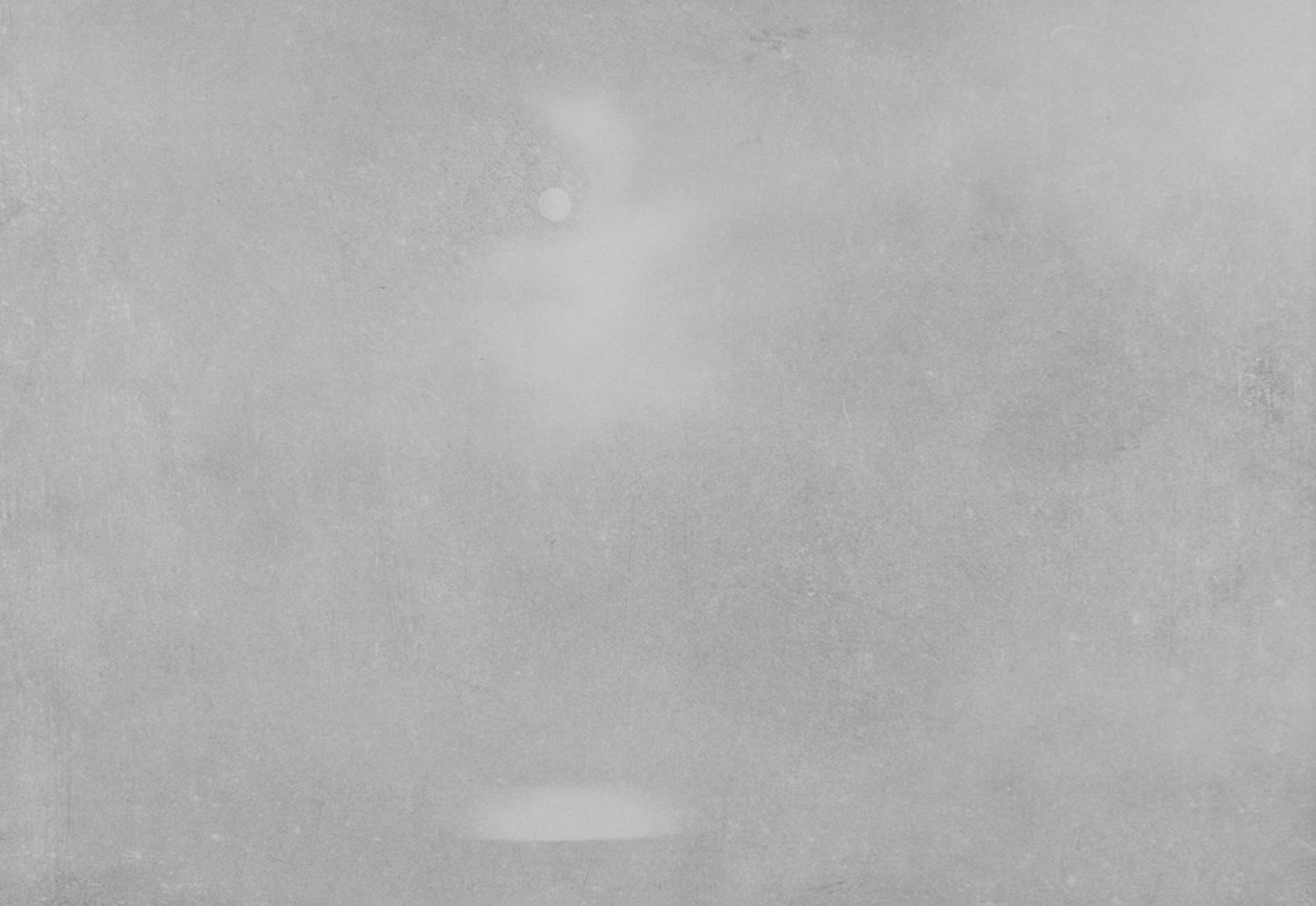
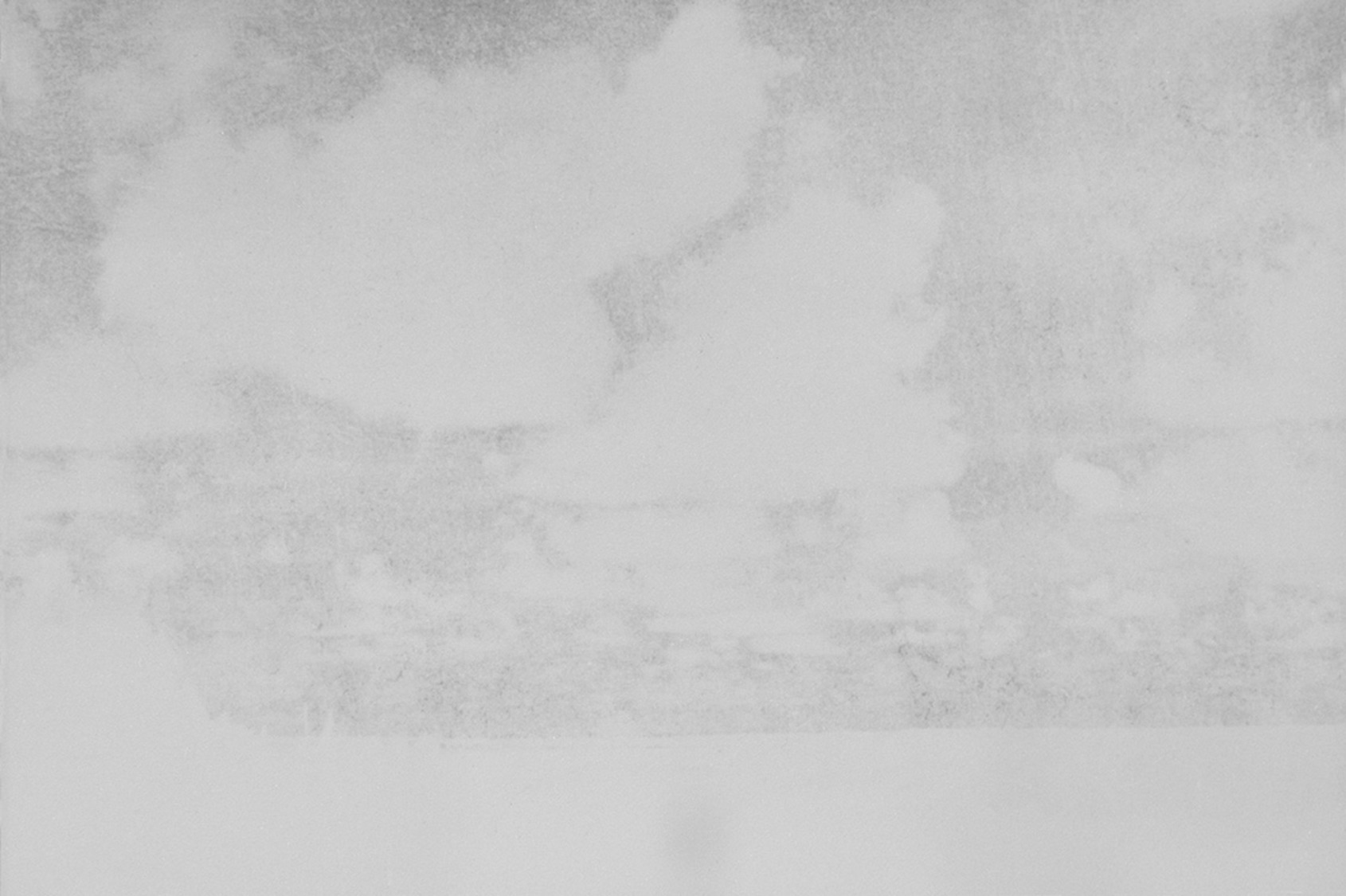
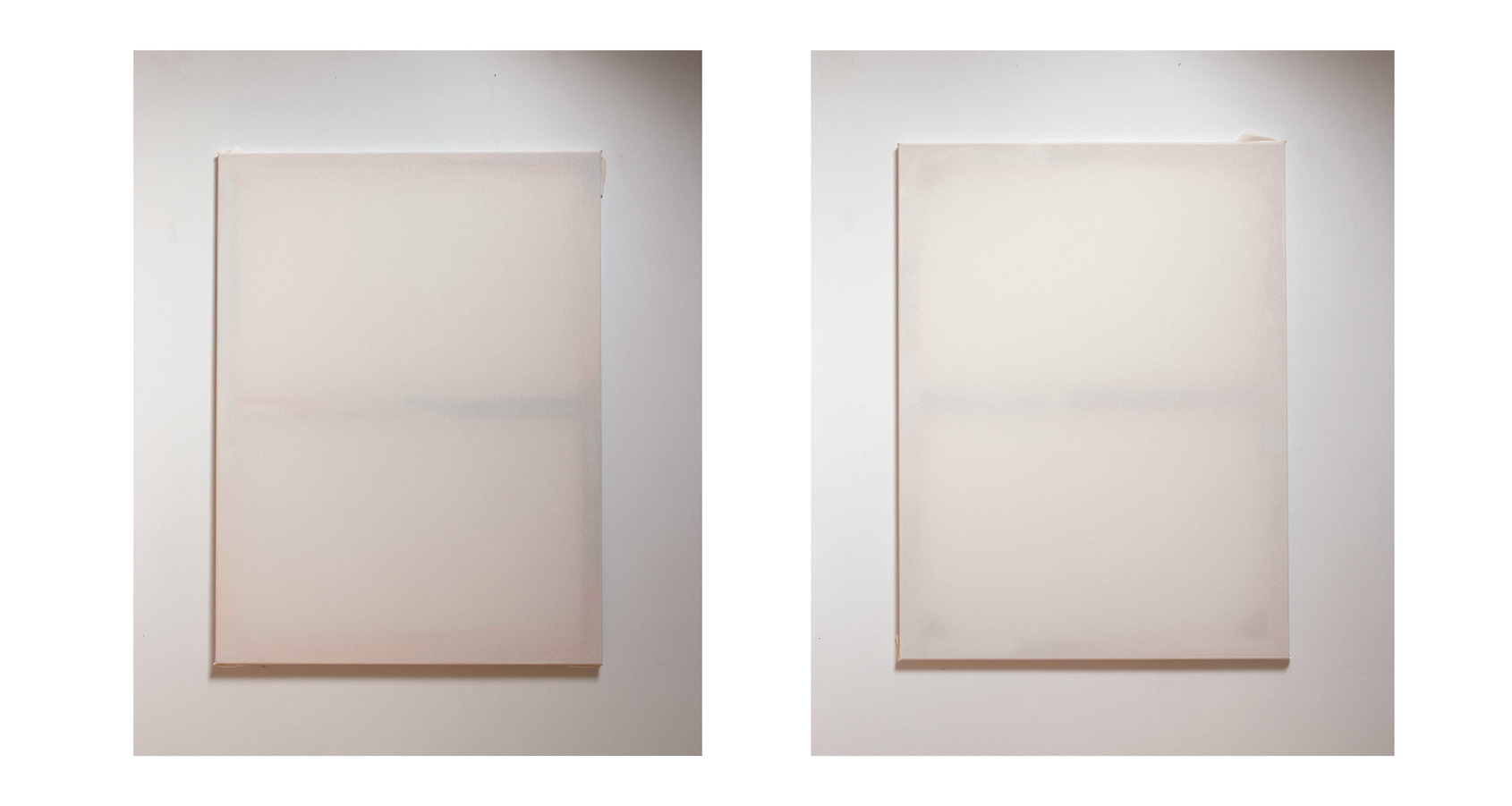
《Jean Claude Wouters:Light of Void》
Period|2022.11.23 - 2023. 11.19
Place|ALIEN Art Centre, 2F
Artist|Jean Claude Wouters
Curatorship|Yaman Shao, Jérôme Neutres
Organization|ALIEN Art
Special Thanks to|YUIMOM Group
artist-Jean Claude Wouters:Light of Void-2, photo at ALIEN Art Centre © ALIEN Art
Jean Claude Wouters:Light of Void-2, photo at ALIEN Art Centre © ALIEN Art
"Portrait 453-16", Jean Claude Wouters, 2021, 80×100cm. On llford mat baryte paper,with sistan silver lmage stabilizer treatment. Courtesy of artist.
"Full Moon 254-06", Jean Claude Wouters, 2010, 80×100cm. On llford mat baryte paper,with sistan silver lmage stabilizer treatment. Courtesy of artist.
"Moon on the Lake 367-18", Jean Claude Wouters, 2009, 117×159. On llford mat baryte paper,with sistan silver lmage stabilizer treatment. Courtesy of artist.
# 56 (RIGHT/left), Jean-Claude Wouters, 2018, 74x100cm. Cotton & Pigments, thumb pins on wooden frame. Courtesy of artist.
# 57 (RIGHT/right), Jean Claude Wouters, 2018, 74x100cm. Cotton & Pigments, thumb pins on wooden frame. Courtesy of artist.
"Clouds 254-02", Jean Claude Wouters, 2009, 80×121cm. On llford mat baryte paper,with sistan silver lmage stabilizer treatment. Courtesy of artist.
"Mountain and Snow 71-07", Jean Claude Wouters, 2007, 117×161. On llford mat baryte paper,with sistan silver lmage stabilizer treatment. Courtesy of artist.
"China Sea 73-12", Jean Claude Wouters, 2007, 113×160cm. On llford mat baryte paper,with sistan silver lmage stabilizer treatment. Courtesy of artist.
"Cosmogony (Hokusai Wave) 365-11", Jean Claude Wouters, 2009, 117×146cm. On llford mat baryte paper,with sistan silver lmage stabilizer treatment. Courtesy of artist.
"Diptyque - 357-16/18", Jean Claude Wouters, 2007, 64x90cm. On llford mat baryte paper,with sistan silver lmage stabilizer treatment. Courtesy of artist.
"Diptyque - 357-16/18", Jean Claude Wouters, 2007, 64x90cm. On llford mat baryte paper,with sistan silver lmage stabilizer treatment. Courtesy of artist.
"Water Fall-Wang Wei -441-09", Jean Claude Wouters, 2021, 80x122cm. On llford mat baryte paper,with sistan silver lmage stabilizer treatment. Courtesy of artist.
"The Moon-Yen Houei - 459-07", Jean Claude Wouters, 2021, 88x113cm. On llford mat baryte paper,with sistan silver lmage stabilizer treatment. Courtesy of artist.
"The Clouds Yen Houei - 441-15", Jean Claude Wouters, 2021, 80.5x112cm. On llford mat baryte paper,with sistan silver lmage stabilizer treatment. Courtesy of artist.
"#51-2018", Jean Claude Wouters, 2018, 74x100cm. Cotton & Pigments, thumb pins on wooden frame. Courtesy of artist.
"#75 - 2021", Jean Claude Wouters, 2021, 54x73cm. Blue silk & gesso, thumb pins on wooden frame. Courtesy of artist.
"#76 - 2021", Jean Claude Wouters, 2021, 53x84cm. Blue silk & gesso, thumb pins on wooden frame. Courtesy of artist.
"#58 - 2018", Jean Claude Wouters, 2018, 74x100cm. Cotton & Pigments, thumb pins on wooden frame. Courtesy of artist.
"# 64 - 2021", Jean Claude Wouters, 2021, 54x75cm. Cotton, Green Clay & Dust , thumb pins on wooden frame. Courtesy of artist.
"#65 - 2021", Jean Claude Wouters, 2021, 54x75cm. Cotton, Green Clay & Dust, blue & red natural dyes , thumb pins on wooden frame. Courtesy of artist.
"#73-2021", Jean Claude Wouters, 2021, 74x100cm. Cotton & green clay, Gesso & Blue Dye, thumb pins on wooden frame. Courtesy of artist.
"#69-2021", Jean Claude Wouters, 2021, 54x75cm. Cotton & green clay, Gesso & Blue Dye, thumb pins on wooden frame. Courtesy of artist.
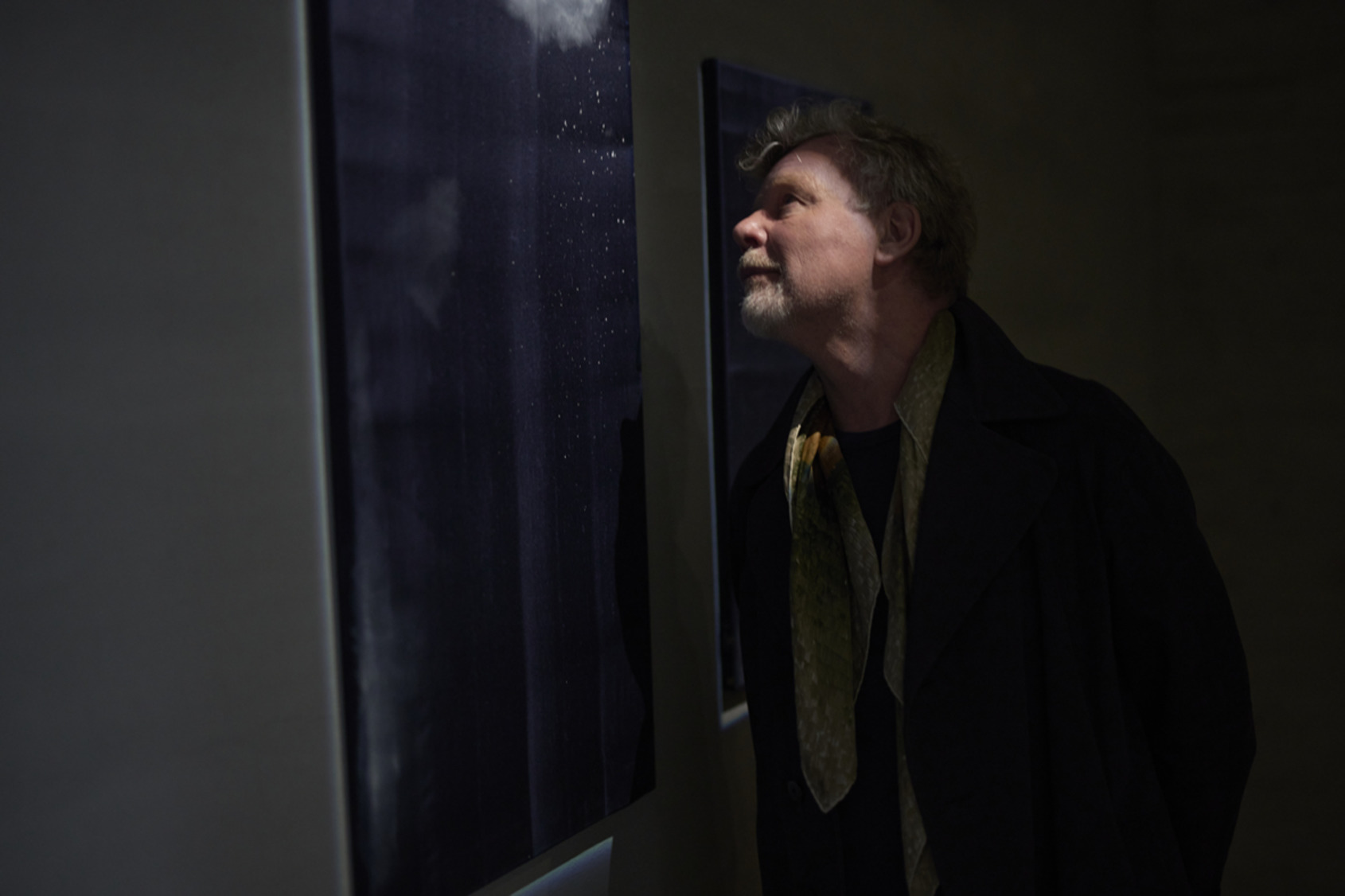
artist-Jean Claude Wouters:Light of Void-2, photo at ALIEN Art Centre © ALIEN Art
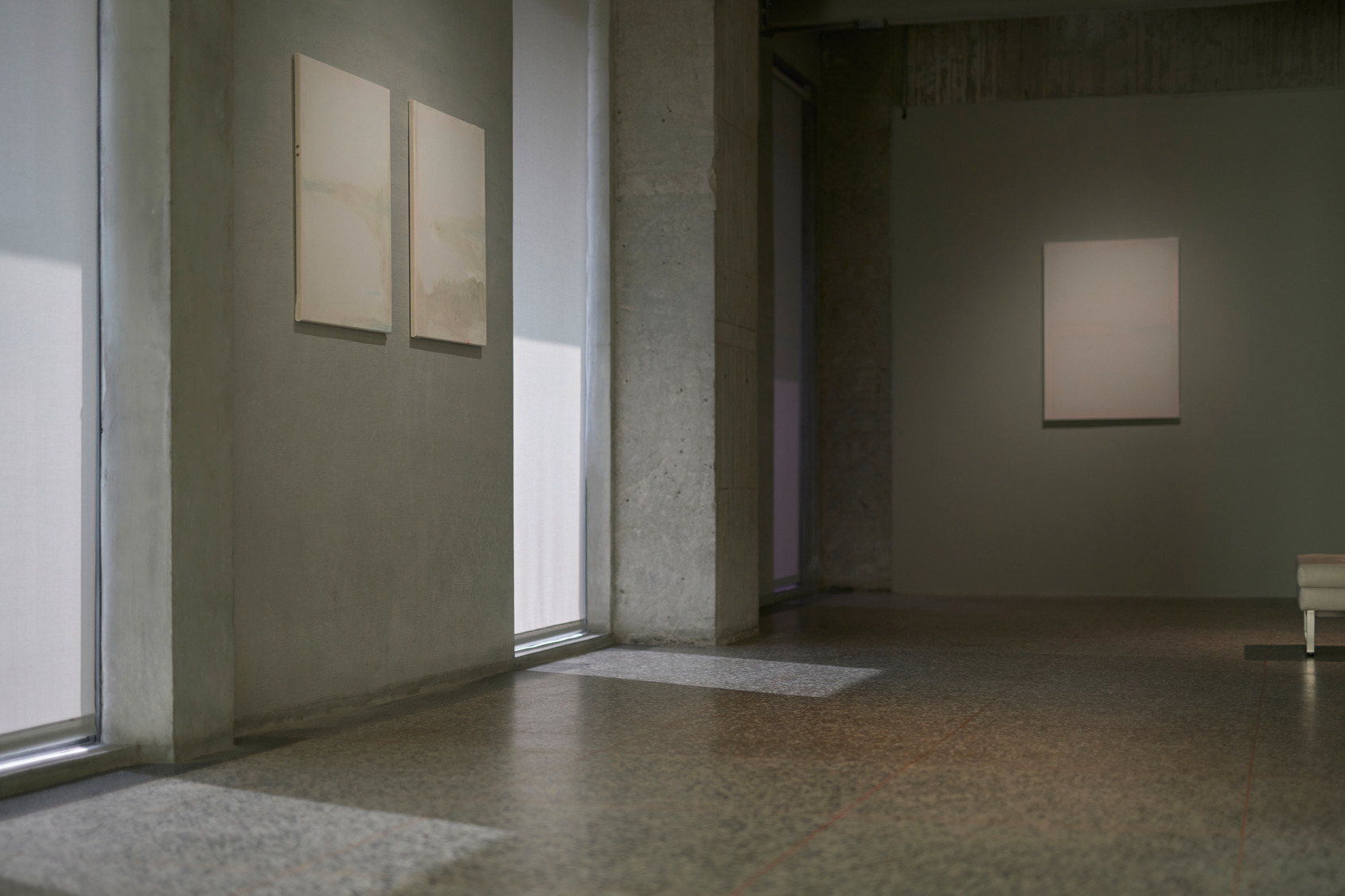
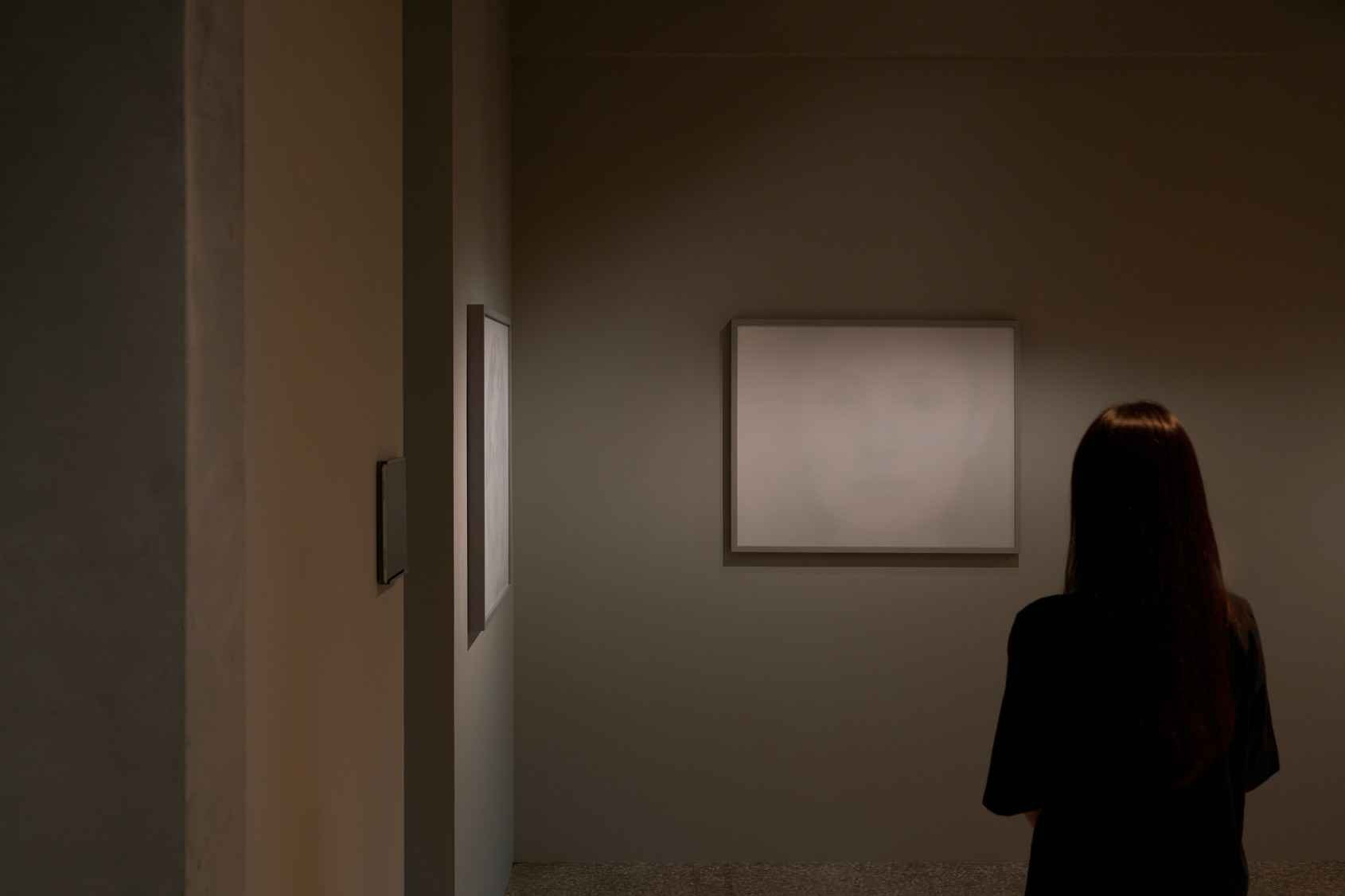
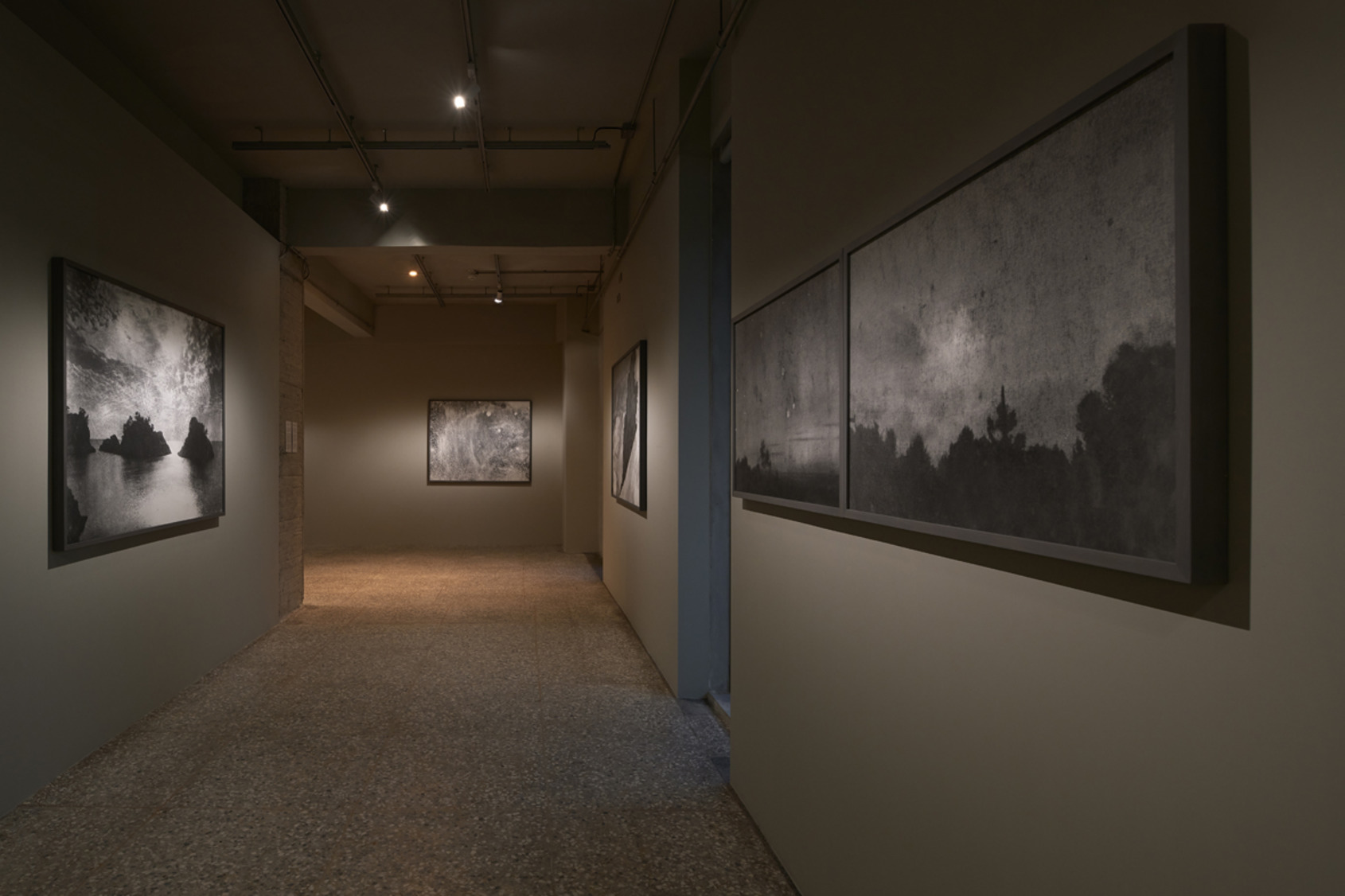
Jean Claude Wouters:Light of Void-2, photo at ALIEN Art Centre © ALIEN Art
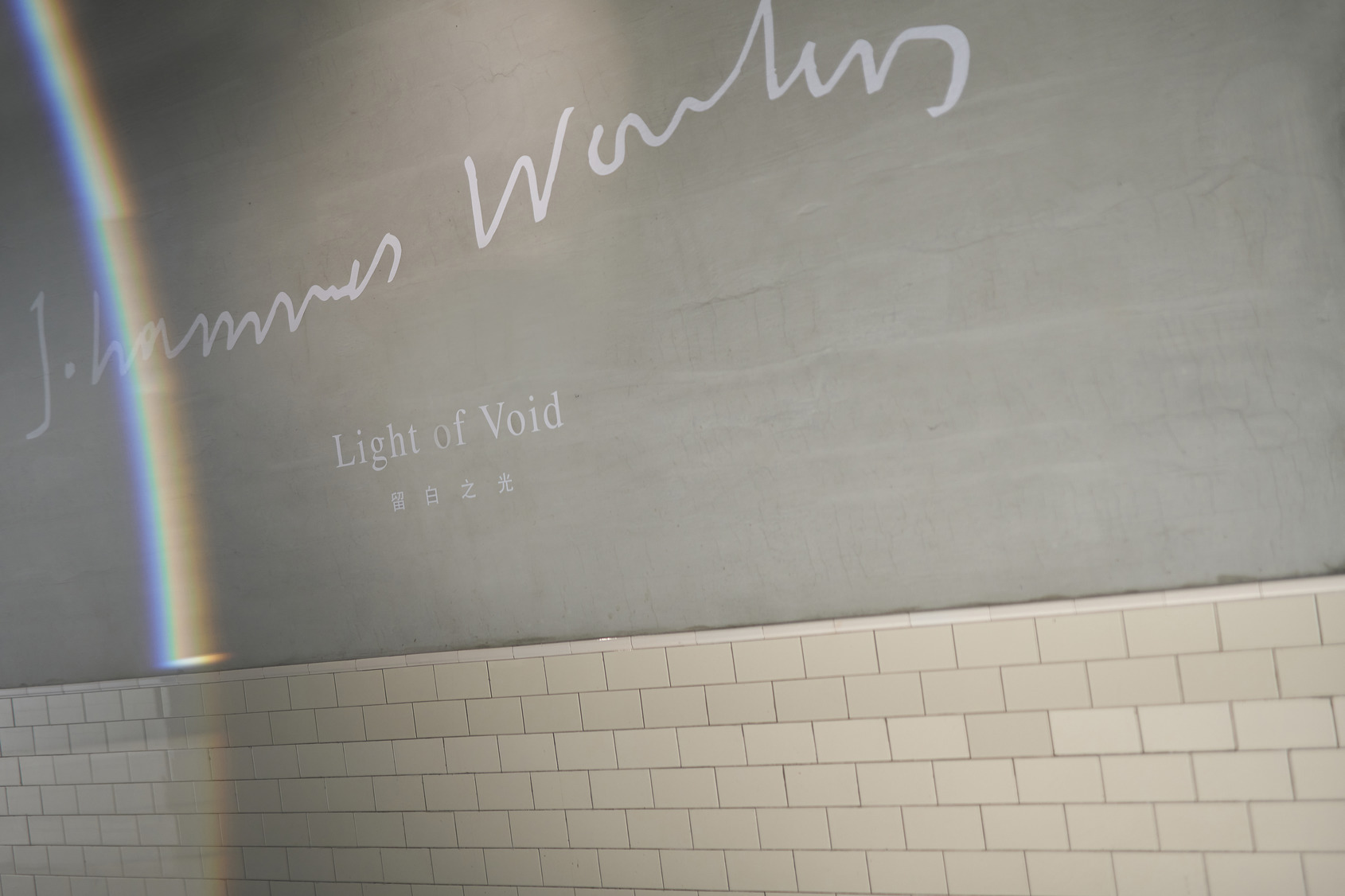
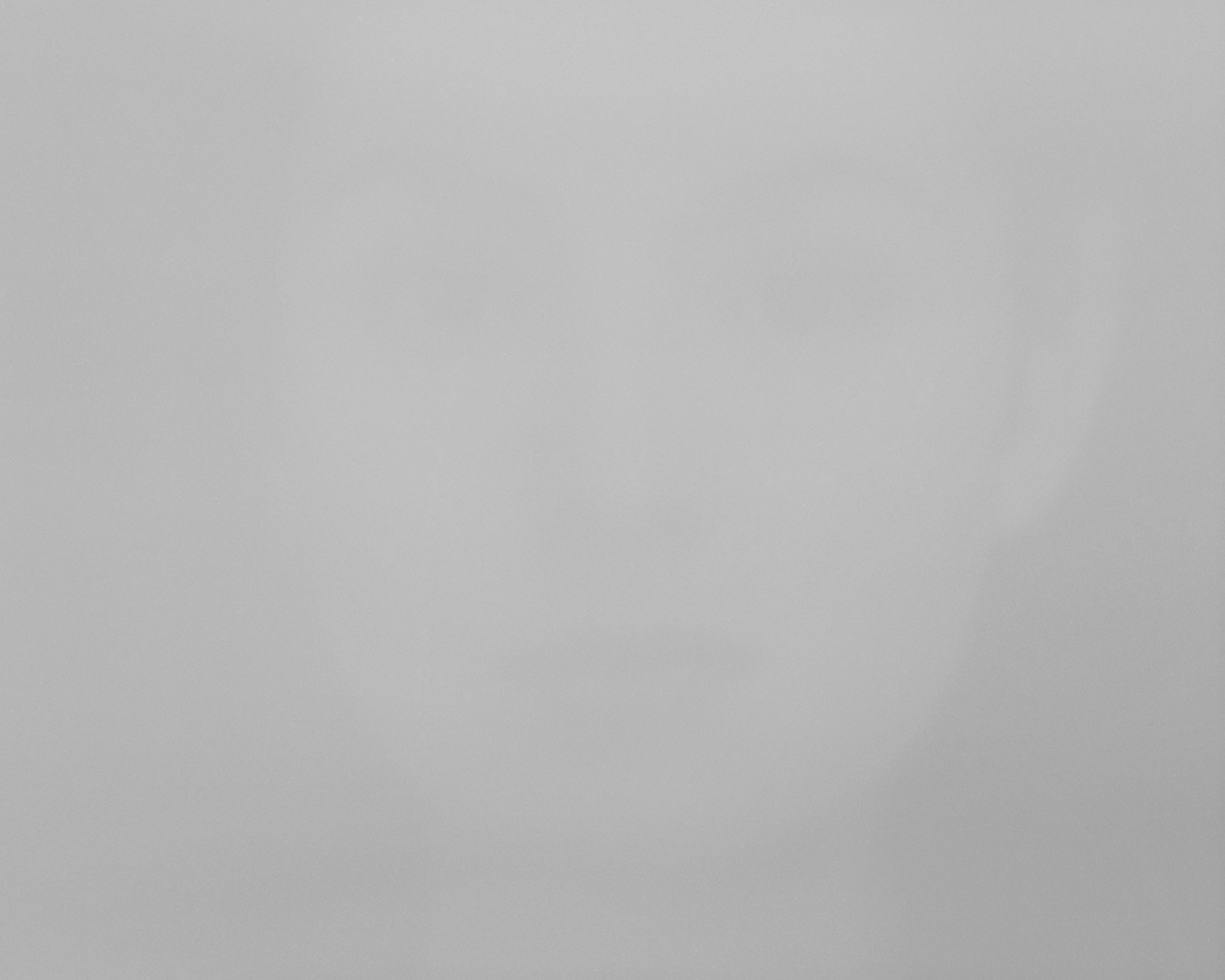
"Portrait 453-16", Jean Claude Wouters, 2021, 80×100cm. On llford mat baryte paper,with sistan silver lmage stabilizer treatment. Courtesy of artist.
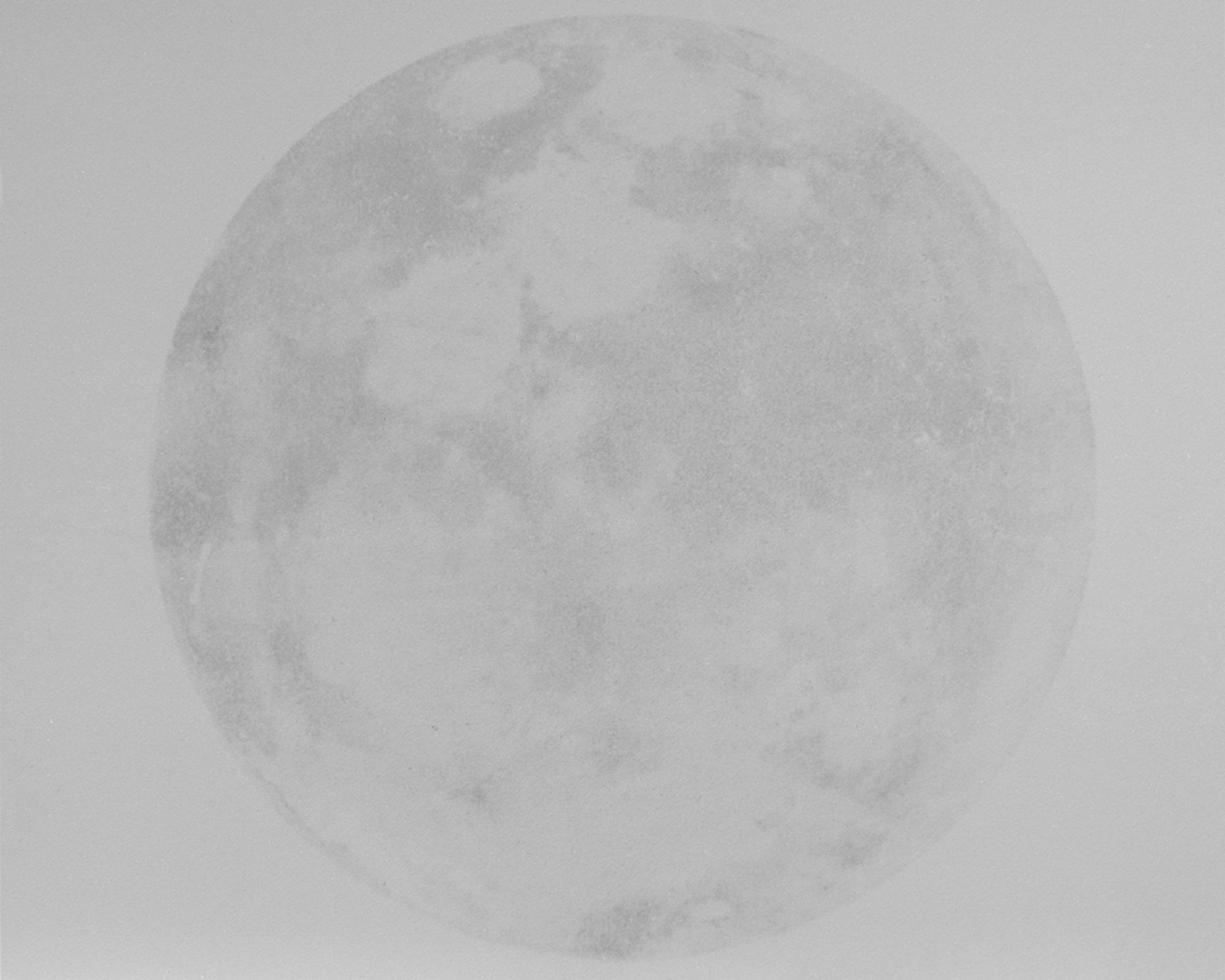
"Full Moon 254-06", Jean Claude Wouters, 2010, 80×100cm. On llford mat baryte paper,with sistan silver lmage stabilizer treatment. Courtesy of artist.
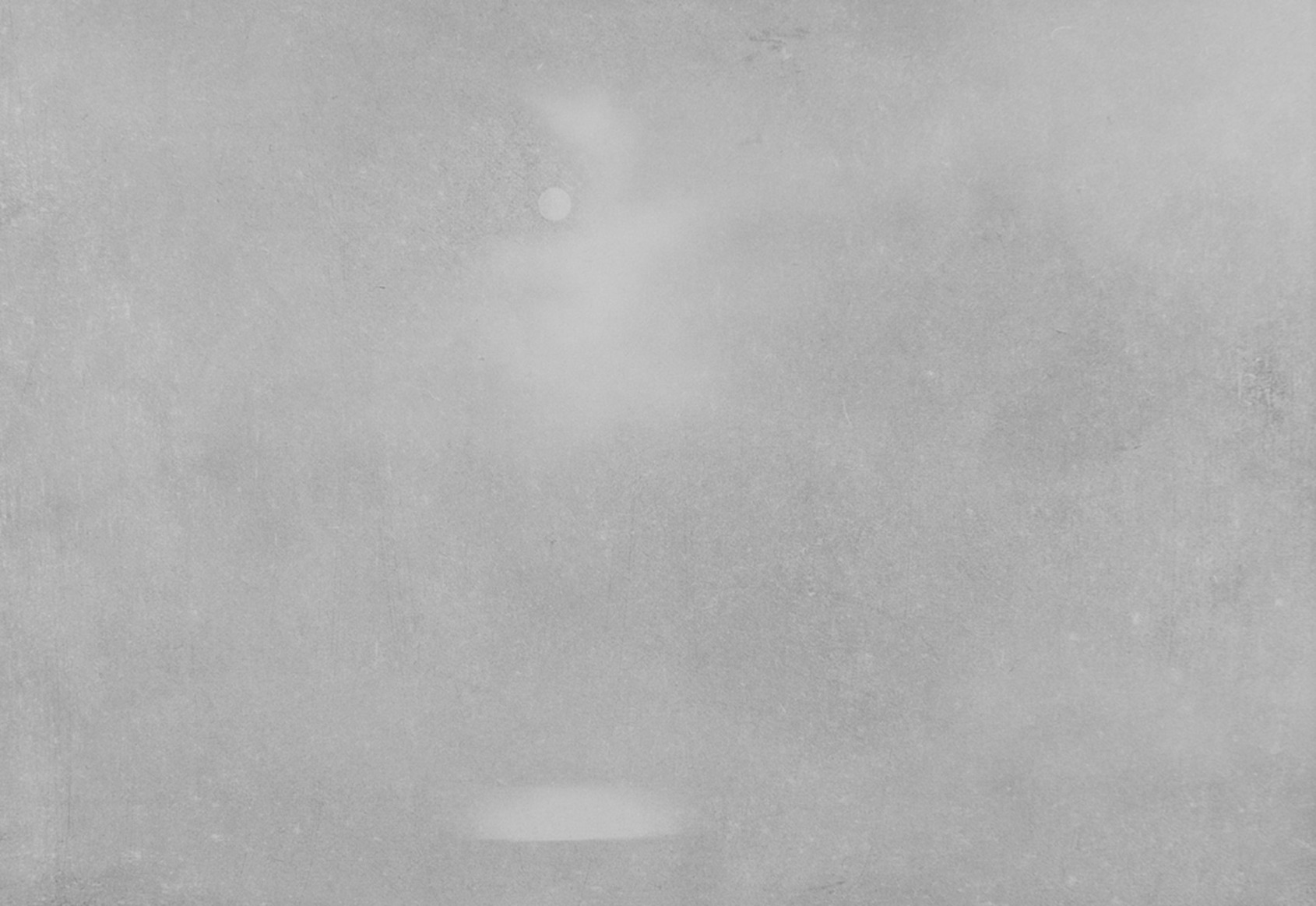
"Moon on the Lake 367-18", Jean Claude Wouters, 2009, 117×159. On llford mat baryte paper,with sistan silver lmage stabilizer treatment. Courtesy of artist.
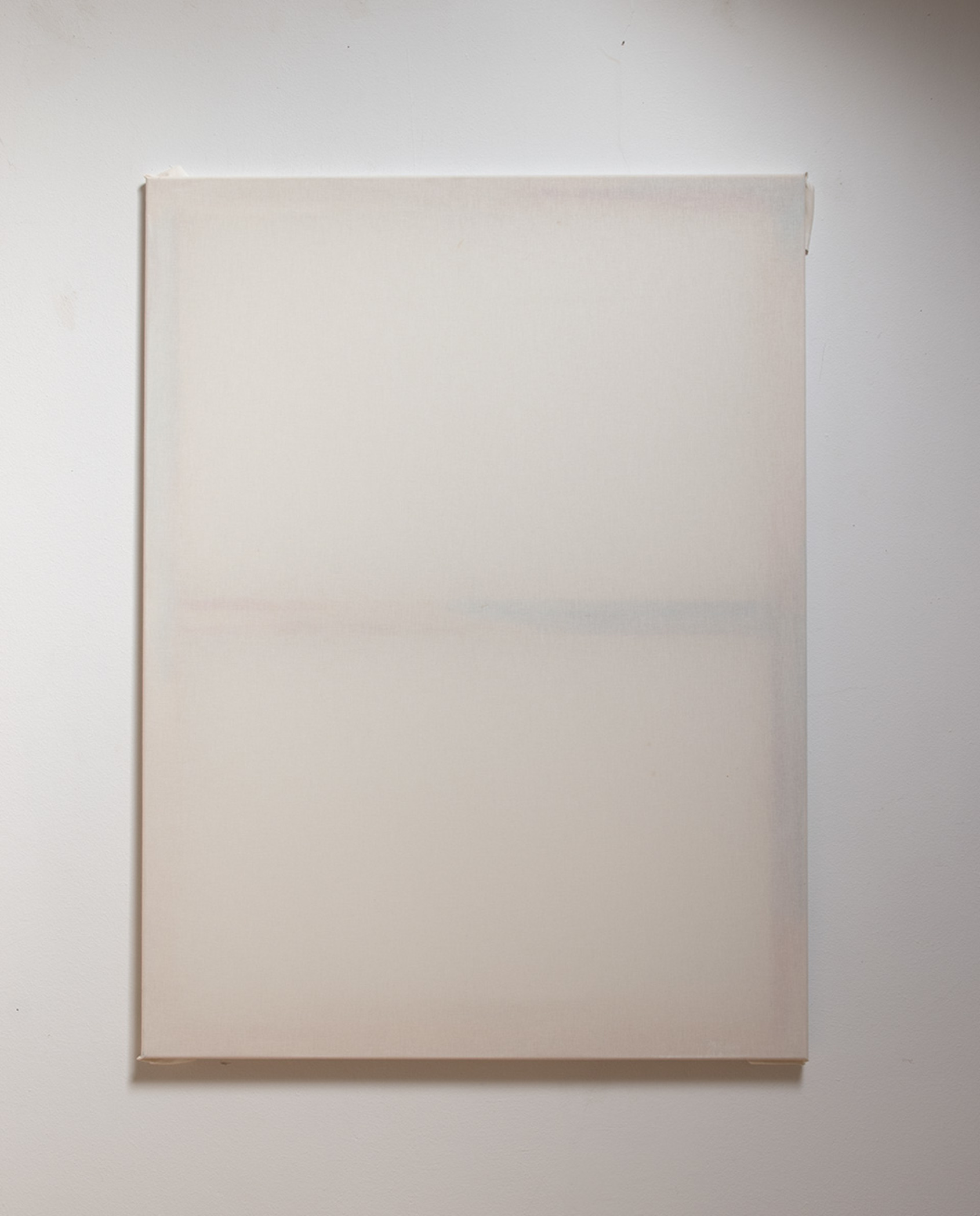
# 56 (RIGHT/left), Jean-Claude Wouters, 2018, 74x100cm. Cotton & Pigments, thumb pins on wooden frame. Courtesy of artist.
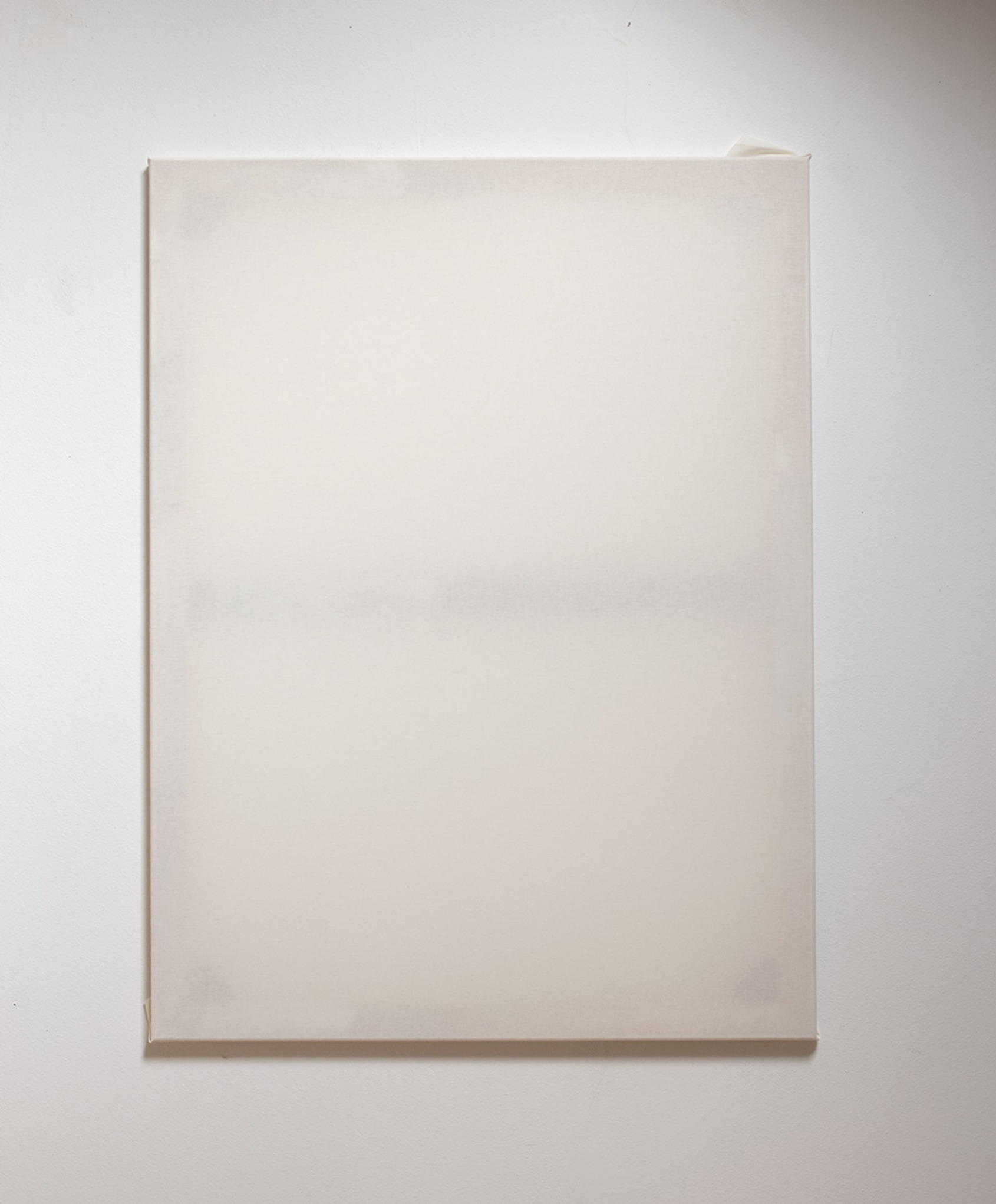
# 57 (RIGHT/right), Jean Claude Wouters, 2018, 74x100cm. Cotton & Pigments, thumb pins on wooden frame. Courtesy of artist.
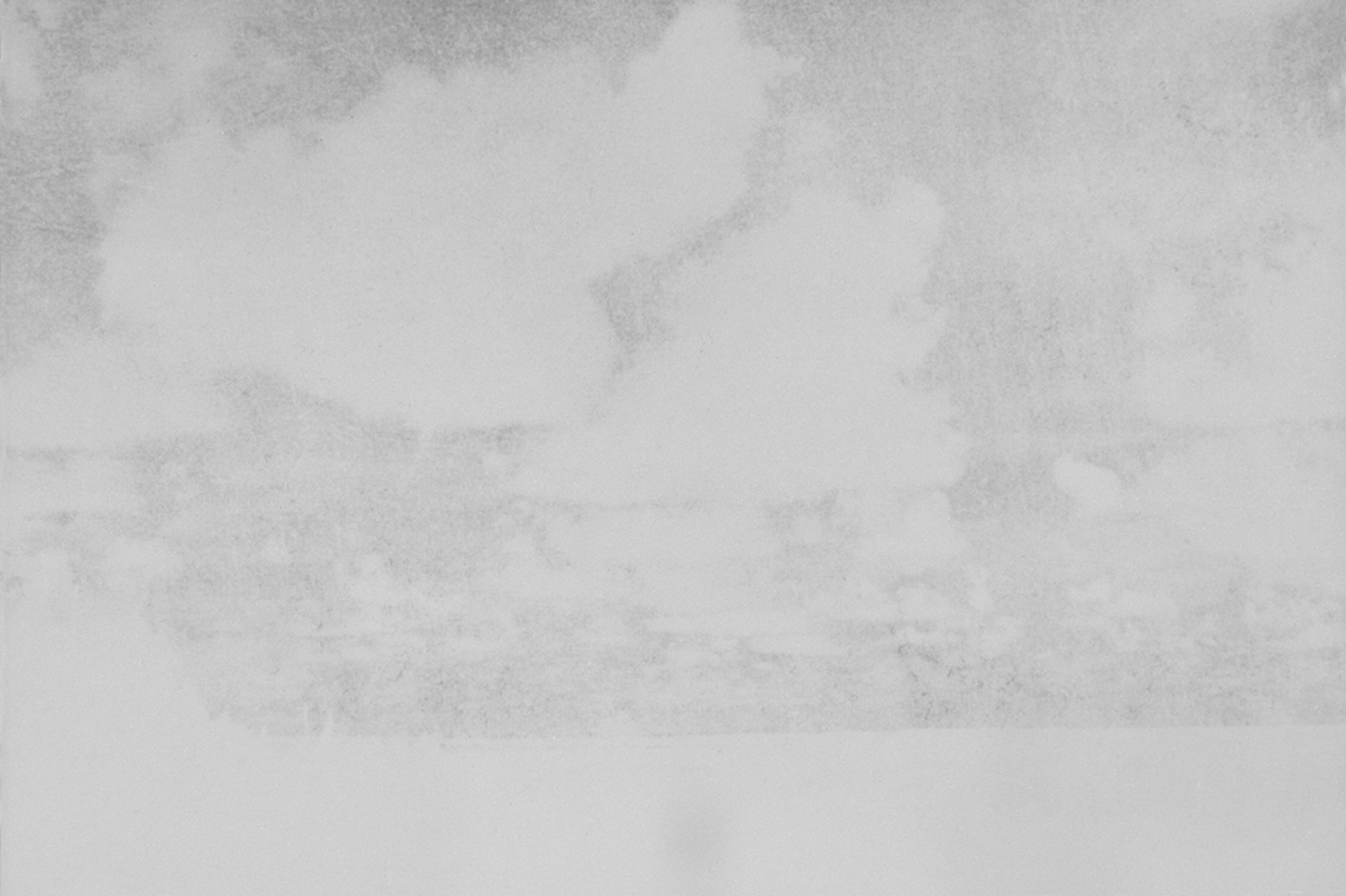
"Clouds 254-02", Jean Claude Wouters, 2009, 80×121cm. On llford mat baryte paper,with sistan silver lmage stabilizer treatment. Courtesy of artist.
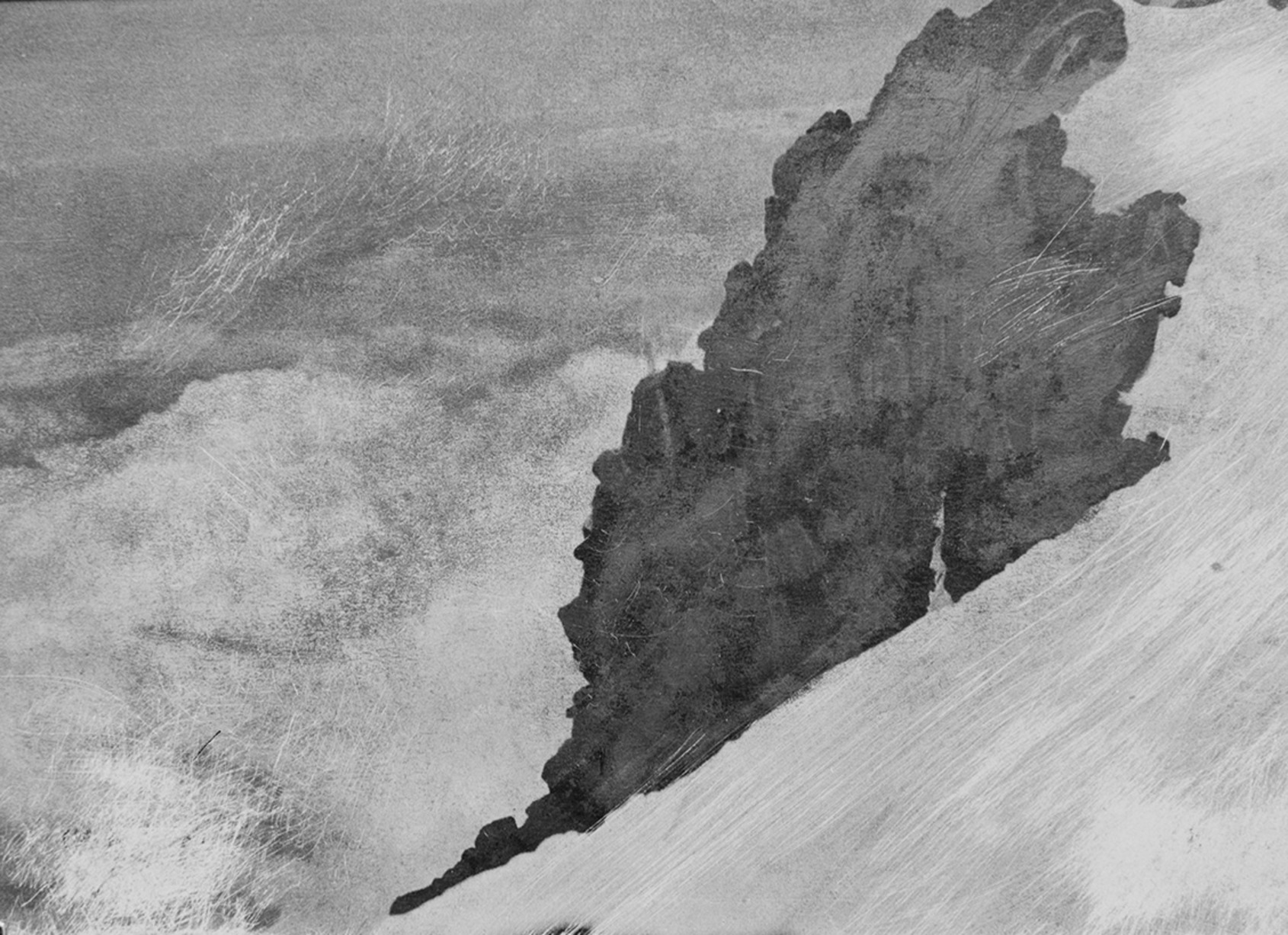
"Mountain and Snow 71-07", Jean Claude Wouters, 2007, 117×161. On llford mat baryte paper,with sistan silver lmage stabilizer treatment. Courtesy of artist.
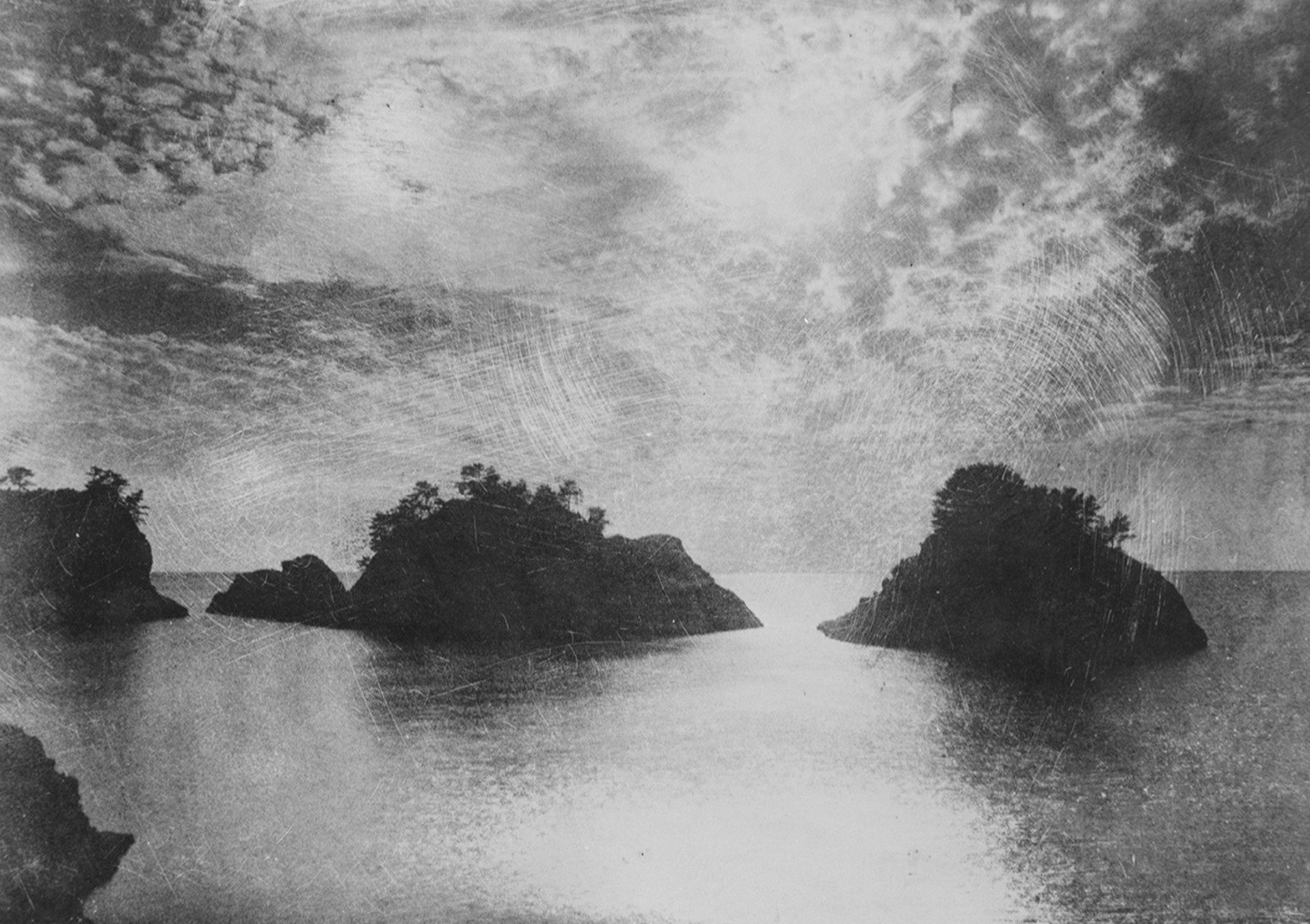
"China Sea 73-12", Jean Claude Wouters, 2007, 113×160cm. On llford mat baryte paper,with sistan silver lmage stabilizer treatment. Courtesy of artist.
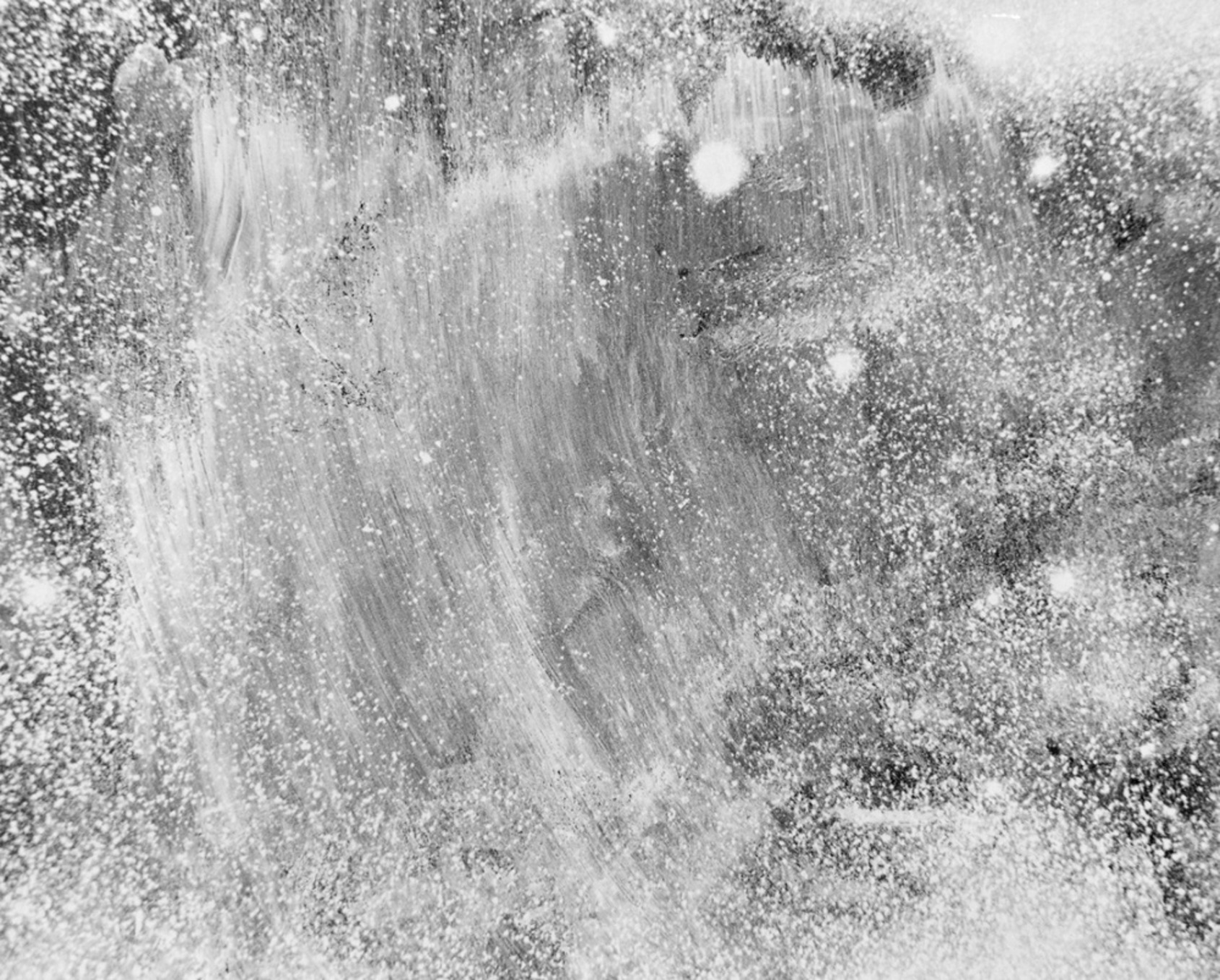
"Cosmogony (Hokusai Wave) 365-11", Jean Claude Wouters, 2009, 117×146cm. On llford mat baryte paper,with sistan silver lmage stabilizer treatment. Courtesy of artist.
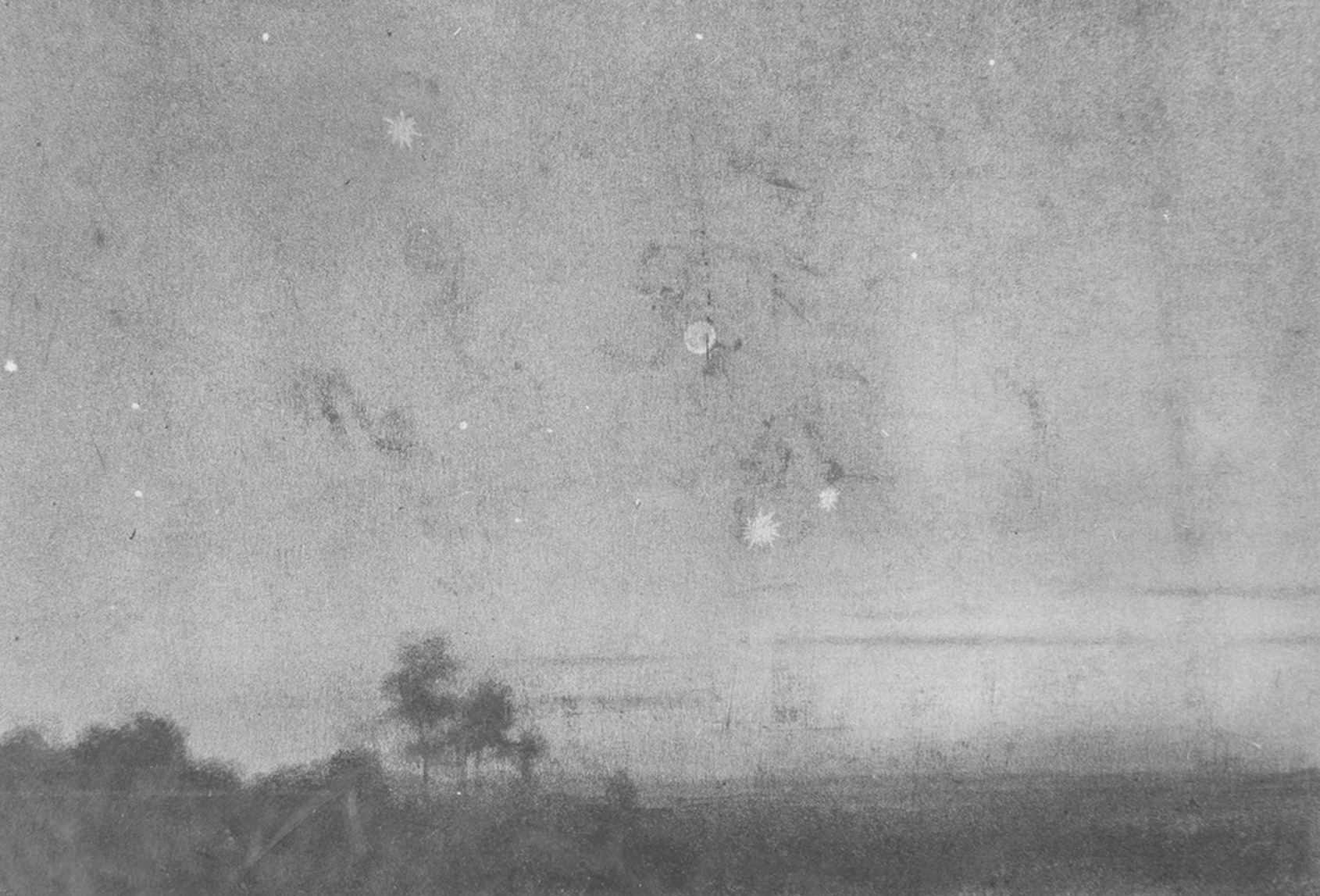
"Diptyque - 357-16/18", Jean Claude Wouters, 2007, 64x90cm. On llford mat baryte paper,with sistan silver lmage stabilizer treatment. Courtesy of artist.
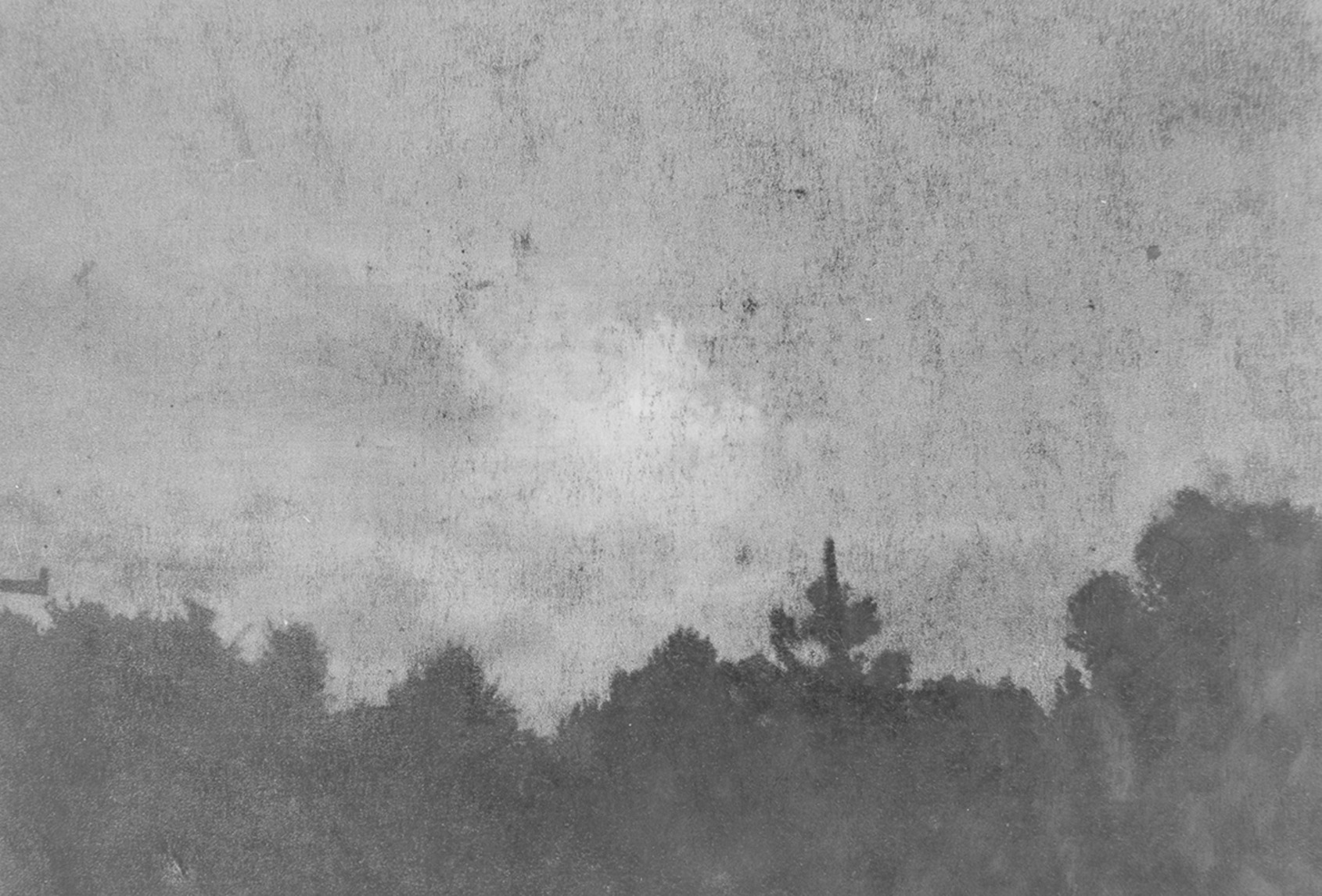
"Diptyque - 357-16/18", Jean Claude Wouters, 2007, 64x90cm. On llford mat baryte paper,with sistan silver lmage stabilizer treatment. Courtesy of artist.
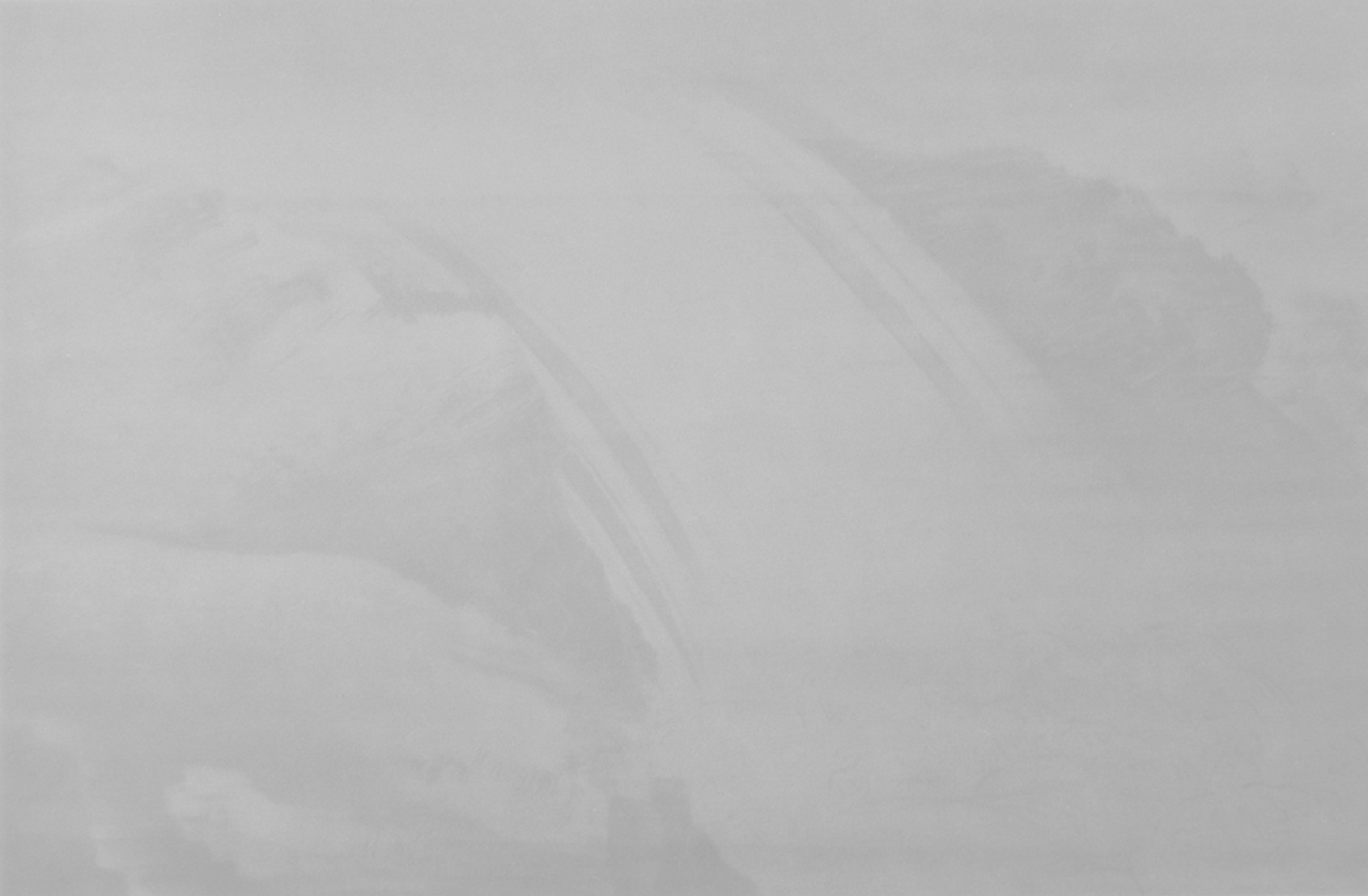
"Water Fall-Wang Wei -441-09", Jean Claude Wouters, 2021, 80x122cm. On llford mat baryte paper,with sistan silver lmage stabilizer treatment. Courtesy of artist.
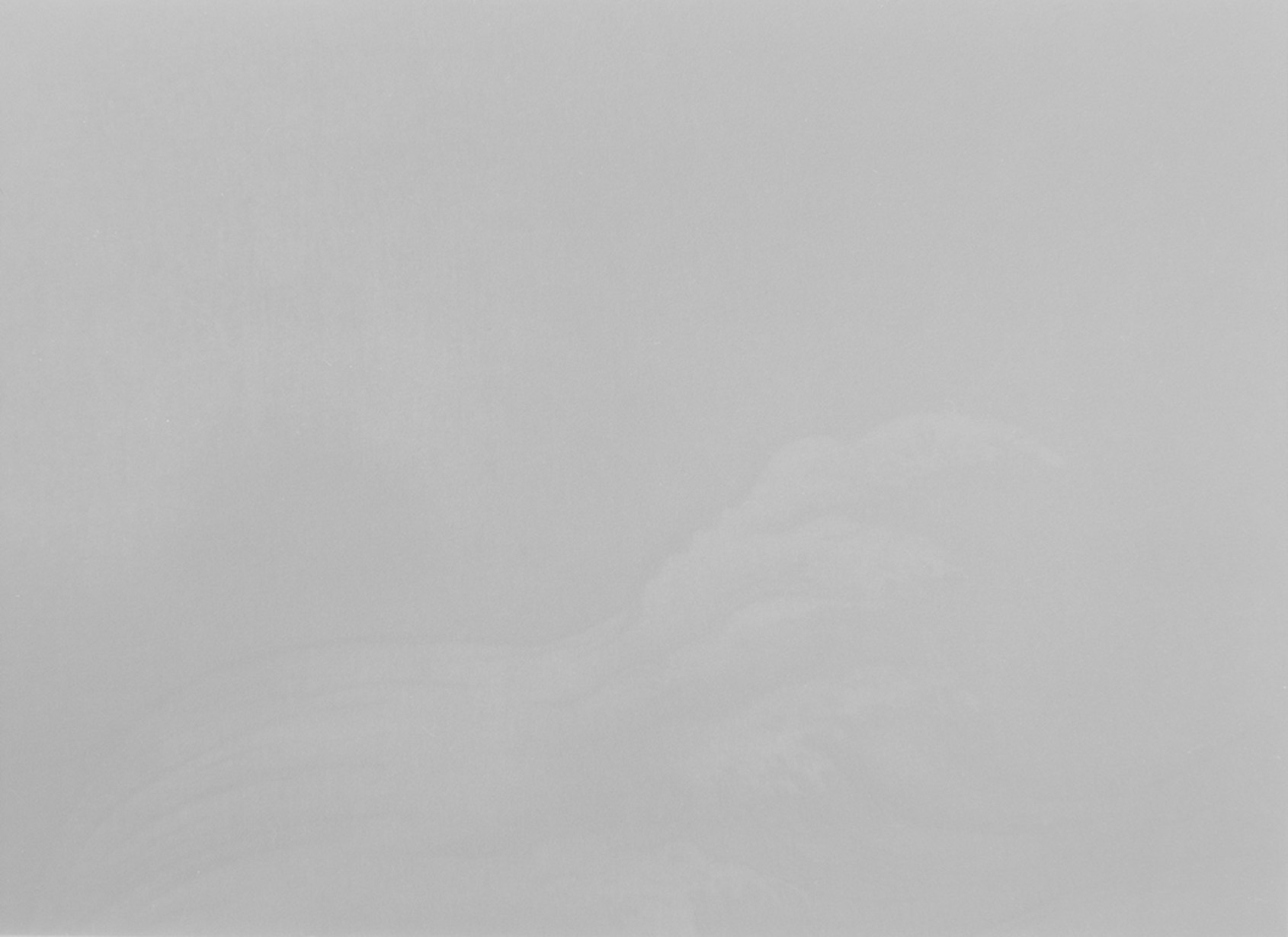
"The Moon-Yen Houei - 459-07", Jean Claude Wouters, 2021, 88x113cm. On llford mat baryte paper,with sistan silver lmage stabilizer treatment. Courtesy of artist.
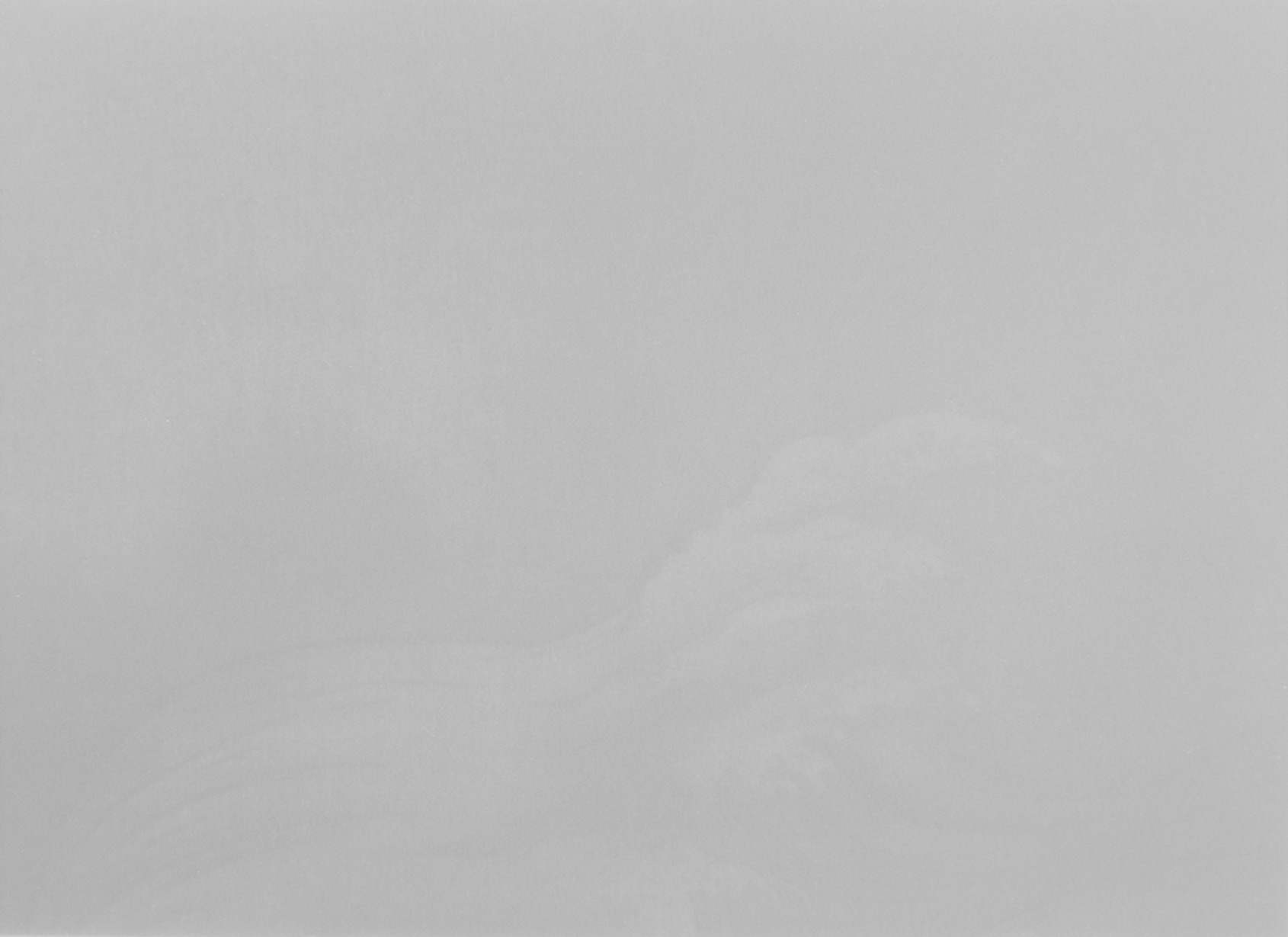
"The Clouds Yen Houei - 441-15", Jean Claude Wouters, 2021, 80.5x112cm. On llford mat baryte paper,with sistan silver lmage stabilizer treatment. Courtesy of artist.
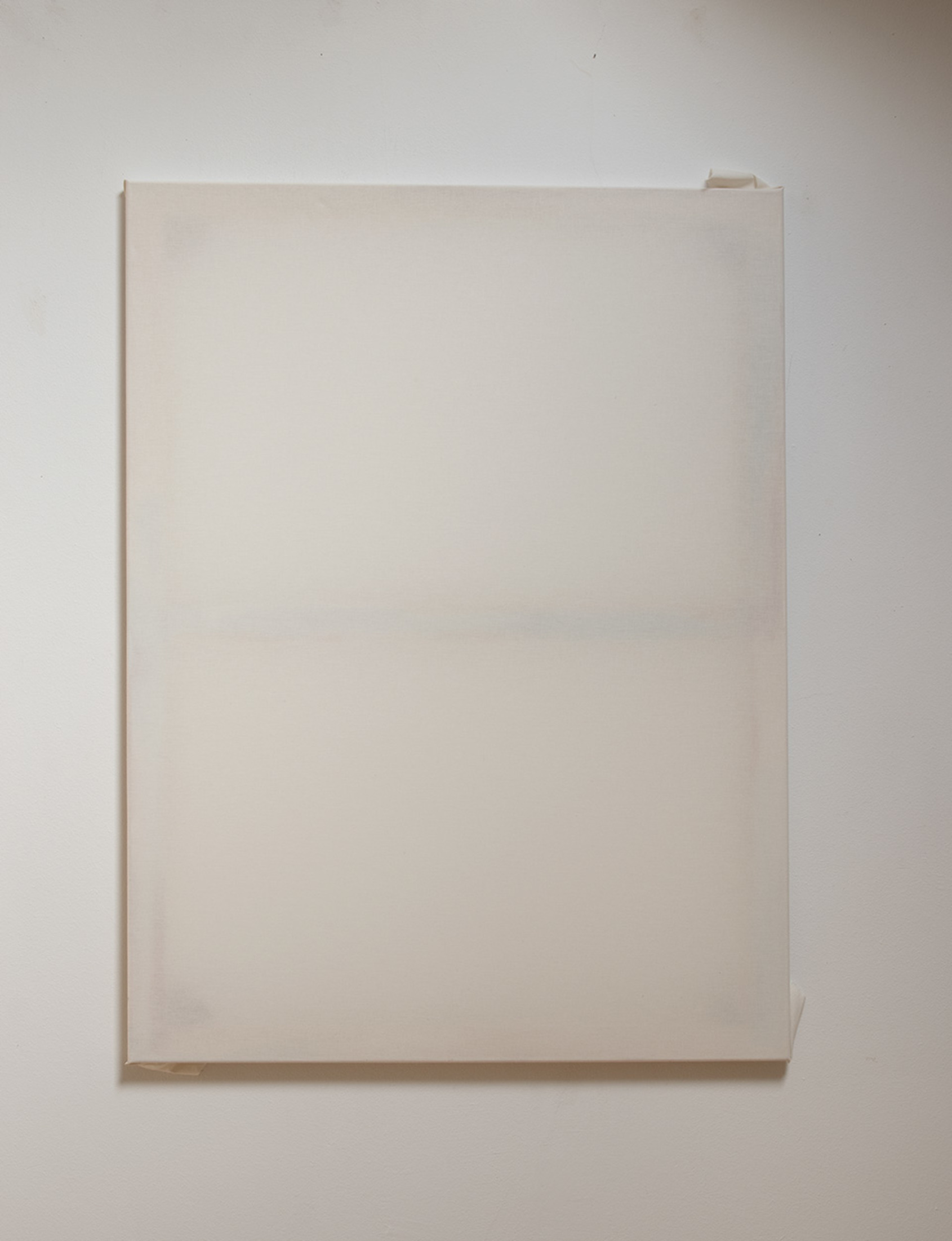
"#51-2018", Jean Claude Wouters, 2018, 74x100cm. Cotton & Pigments, thumb pins on wooden frame. Courtesy of artist.
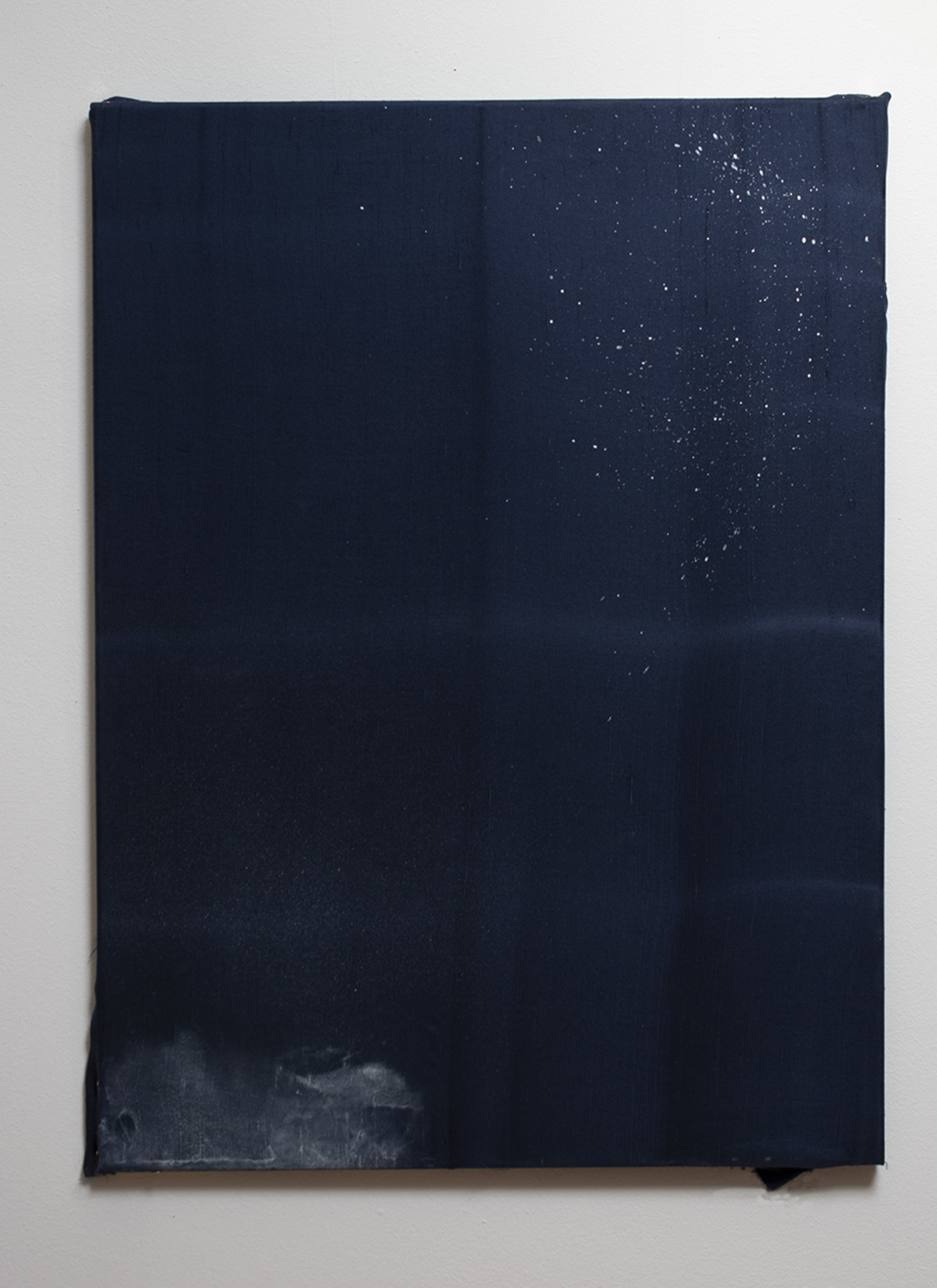
"#75 - 2021", Jean Claude Wouters, 2021, 54x73cm. Blue silk & gesso, thumb pins on wooden frame. Courtesy of artist.
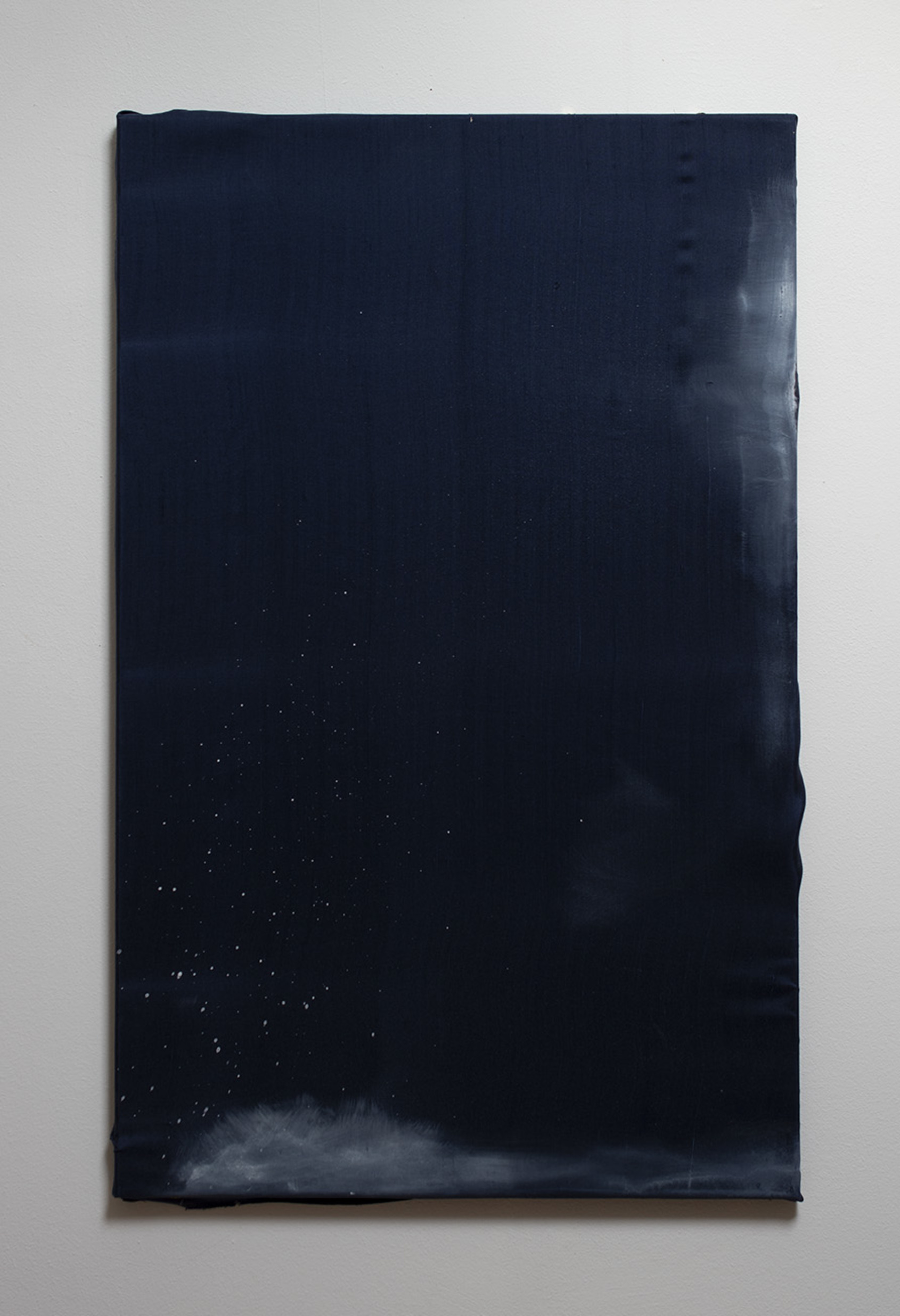
"#76 - 2021", Jean Claude Wouters, 2021, 53x84cm. Blue silk & gesso, thumb pins on wooden frame. Courtesy of artist.
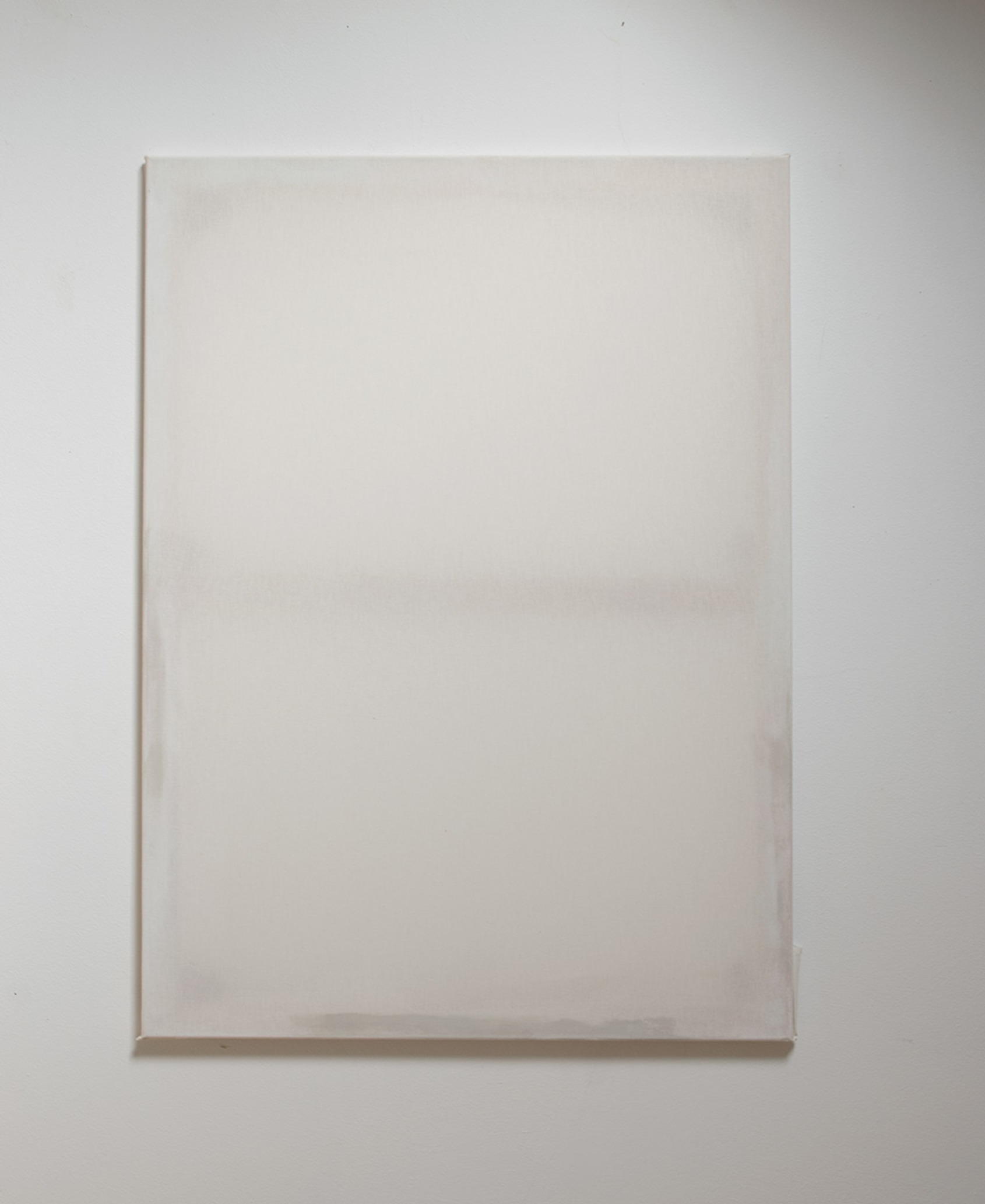
"#58 - 2018", Jean Claude Wouters, 2018, 74x100cm. Cotton & Pigments, thumb pins on wooden frame. Courtesy of artist.
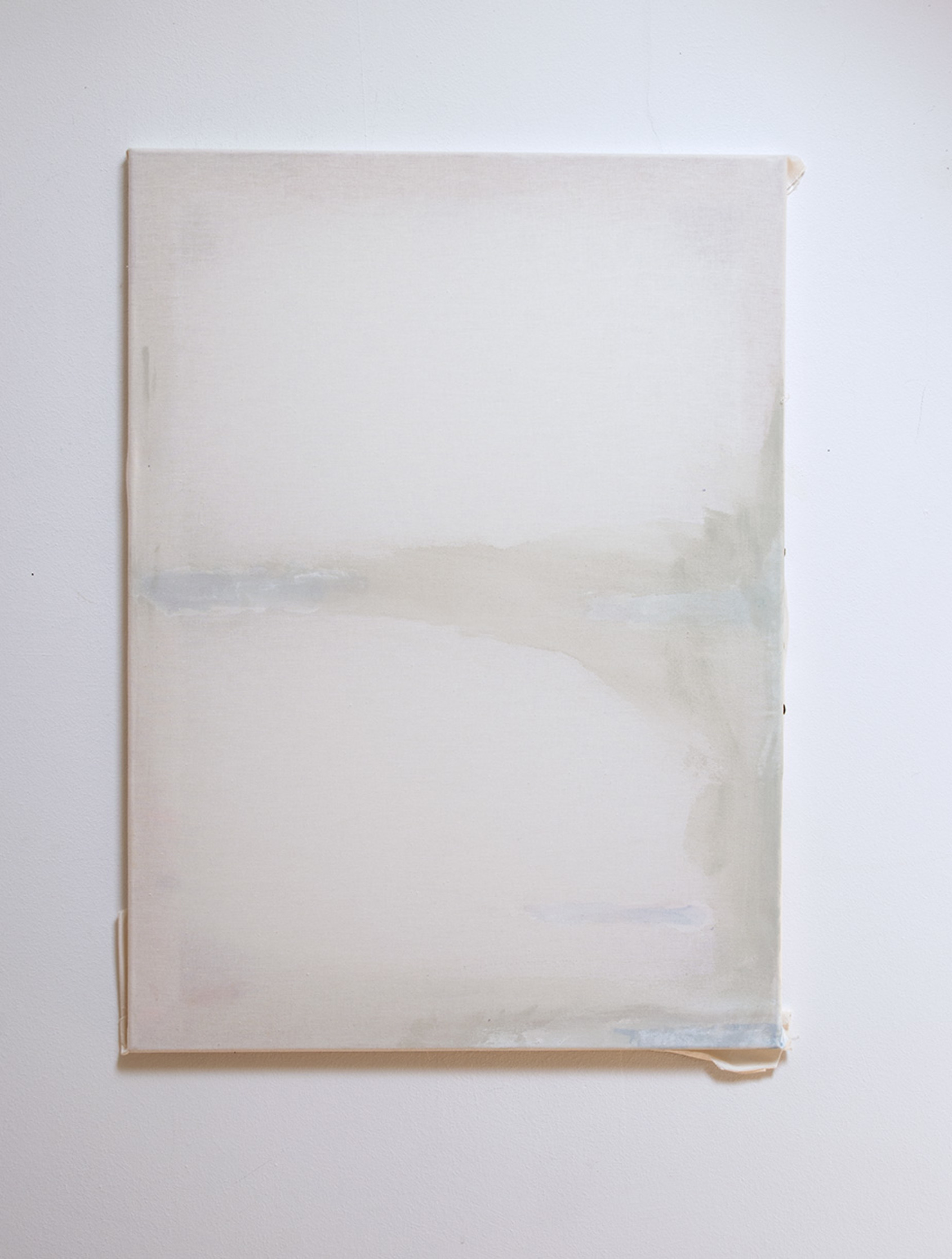
"# 64 - 2021", Jean Claude Wouters, 2021, 54x75cm. Cotton, Green Clay & Dust , thumb pins on wooden frame. Courtesy of artist.
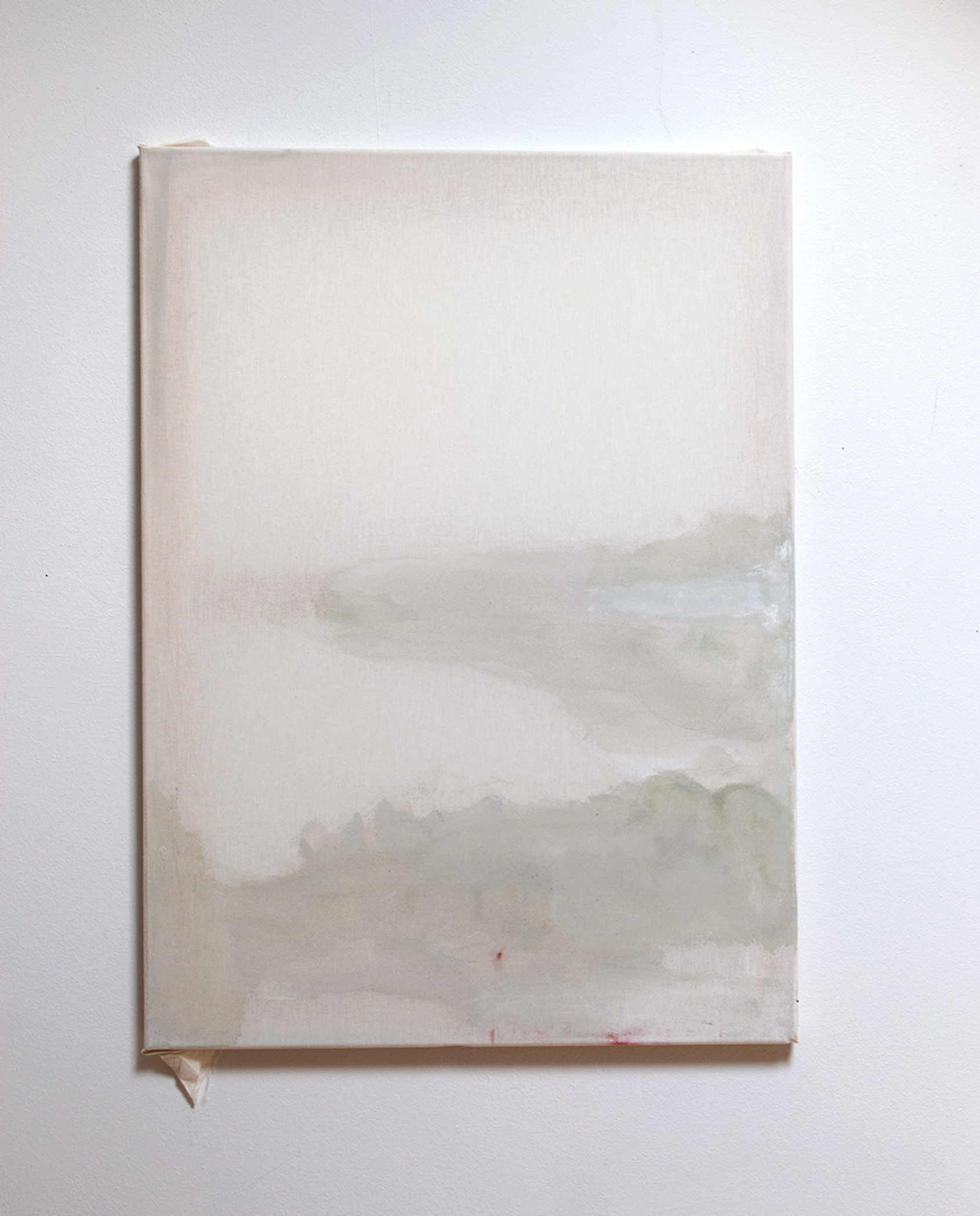
"#65 - 2021", Jean Claude Wouters, 2021, 54x75cm. Cotton, Green Clay & Dust, blue & red natural dyes , thumb pins on wooden frame. Courtesy of artist.
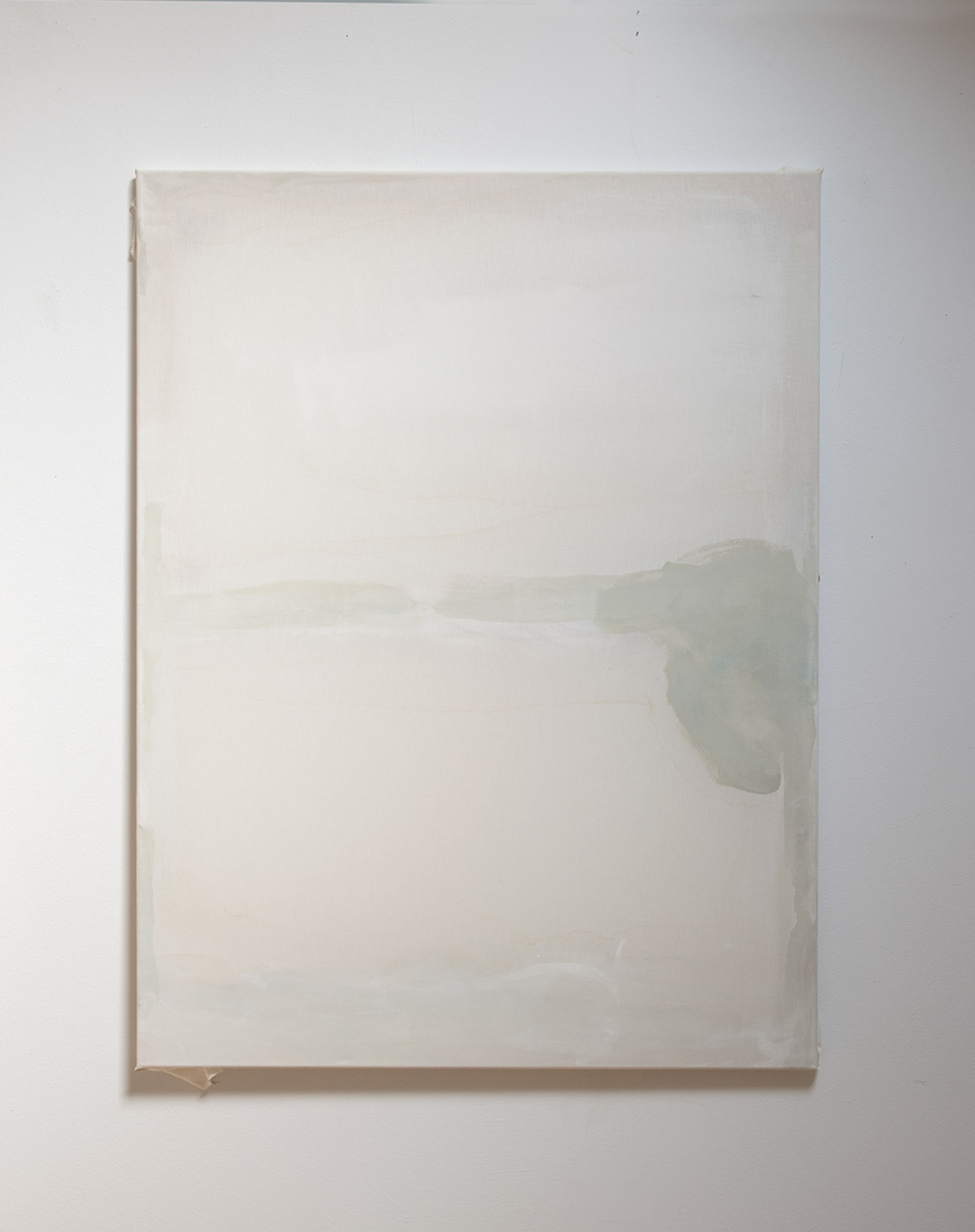
"#73-2021", Jean Claude Wouters, 2021, 74x100cm. Cotton & green clay, Gesso & Blue Dye, thumb pins on wooden frame. Courtesy of artist.
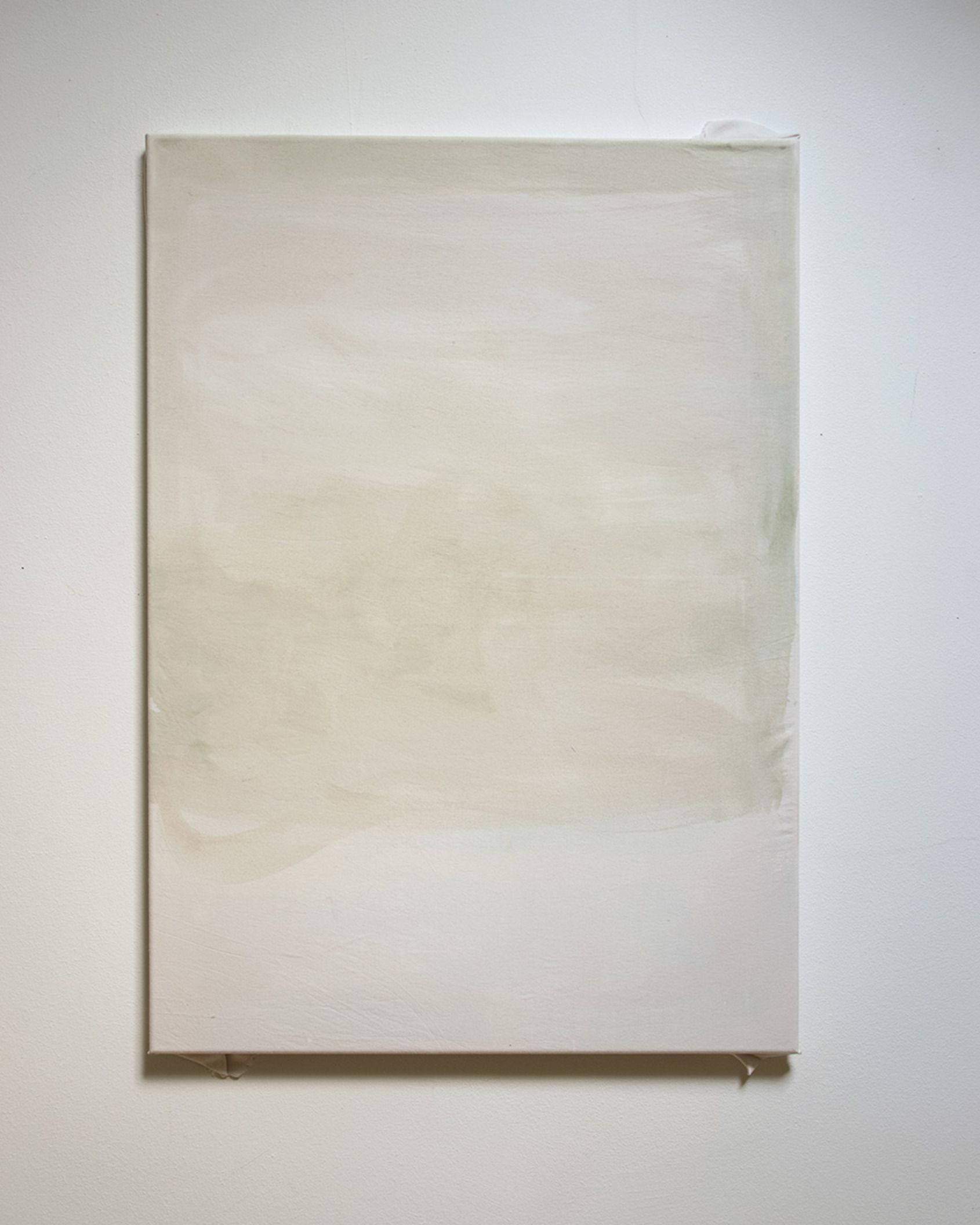
"#69-2021", Jean Claude Wouters, 2021, 54x75cm. Cotton & green clay, Gesso & Blue Dye, thumb pins on wooden frame. Courtesy of artist.